Spiritual Significance of Each Temple You Visit
Give meaning to each stop on the tour. Instead of just listing temples, briefly explain why each one is sacred. For instance, Doleshwar Mahadev is believed to be the head of Kedarnath, and Manakamana is known for granting wishes. This adds emotional depth to your page while targeting search terms like “meaning of Pashupatinath” or “why visit Budhanilkantha”.
Cultural Etiquette for Hindu Temple Visits in Nepal
This section builds trust and helps pilgrims prepare respectfully. Cover key etiquette: dress modestly, don’t take photos inside sanctums, and how to behave near cremation ghats like those at Pashupatinath. You’ll naturally rank for search queries like “temple etiquette in Nepal” or “Hindu pilgrimage customs”.
Temple Offerings, Donations & Ritual Customs
A simple guide on what to bring and how to participate in rituals—such as offering bells, lighting incense, or receiving tika from priests—can enrich your content and satisfy keyword searches like “what to offer in Nepali temples” or “donations in Hindu temples Nepal”. It also reassures first-time pilgrims on what’s expected.
Itinerary
Welcome to Kathmandu - Nepal.
Arrival at Kathmandu airport. Our representative will welcome you and transfer to a pre-booked hotel. Short rest at the hotel orientation program regarding your tour. Overnight stay at a hotel in Kathmandu on a Bed & Breakfast basis.
Sightseeing of Major Hindu temple in Kathmandu.
Visit Pashupatinath temple early in the morning. The greatest temple of Lord Shiva is situated on the bank of the sacred river Bagmati. In the daytime, you will visit Budhanilkantha temple which is an open-air Hindu temple dedicated to Lord Vishnu. An hour’s lunch break will be provided for you during your sightseeing. After the lunch break, drive for one hour to see Dakshinkali temple. The temple is a temple of Goddess Kali, the most killing aspect of Goddess Parvati. Overnight at the hotel on a Bed & Breakfast basis.
Pokhara Sightseeing of Major Hindu Temple
This morning after breakfast you will visit Dattatreya temple at Bhaktapur Durbar Square and Doleshwar Mahadev temple at Suryabinayak. Later visit Kal Bhairav temple at Basantapur Durbar square premises.
After visiting, drive to Pokhara. Overnight at the hotel on a Bed & Breakfast basis.
Pokhara Sightseeing of Major Hindu temple
Morning enjoy boating on Phewa Lake and visit Tal Barahi temple on the small island of Phewa Lake. It is the temple of Goddess Durga, the deity who protects gods. After breakfast, visit Bindhyabasini temple and Gupteshwor Mahadev cave. Overnight at the hotel on a Bed & Breakfast basis.
Drive back to Kathmandu via Manakamana temple.
Early morning ride to Kurintar and experience a cable car ride to pay a visit to the Manakamana shrine. Ride back to Kathmandu after temple ceremonies. Hotel overnight on a Bed & Breakfast basis.
Transfer to the airport for final departure.
Today, if you’re free you will have fun souvenir shopping at Thamel. Our company representative will receive you and transfer you to the airport for further journeys.
Inclusions
Cost Includes
- Airport pickups and drops by private tourist vehicle.
- 3 Nights of twin sharing hotel accommodation in Kathmandu.
- 2 Nights' twin-sharing hotel accommodation in Pokhara.
- Full-day temple tour around Kathmandu Valley by private car.
- Private vehicle full-day Pokhara temple tour.
- One individual English-speaking professional tour guide for your entire trip.
Cost Excludes
- International airfare and airport taxes.
- Nepal visa is currently USD 25 for 15 days, USD 40 for 30 days, and USD 100 for three months.
- Lunch and dinner at Kathmandu and Pokhara.
- Entrance fees for temple sightseeing at Kathmandu and Pokhara.
- All bar and personal expenditures during vacation.
- Guide and driver gratuities (tipping is mandatory).
- Personal expenditure (phone calls, laundry, bottled water, etc) and any other expenditure not stated above.
Reviews
Frequently Asked Questions
This spiritual journey is designed to be 6 days long, including your arrival and departure. The itinerary is thoughtfully paced, allowing you to explore Nepal’s most sacred Hindu temples across Kathmandu, Pokhara, and along the way—without rushing the spiritual experience.
You’ll begin in Kathmandu, visiting major shrines like Pashupatinath Temple, Budhanilkantha (Sleeping Vishnu), Dakshinkali Temple, Doleshwar Mahadev, and Dattatreya Square. From there, the journey takes you to Pokhara, where you’ll explore Tal Barahi Temple, Bindhyabasini Temple, and the mysterious Gupteshwor Mahadev Cave. A cable car ride to Manakamana Temple adds a final spiritual highlight.
This is a comfortable, drive-based pilgrimage, not a trekking tour. You’ll travel in a private vehicle between destinations, and only minimal walking is required—just enough to move around temple complexes and enjoy the ambiance. It’s ideal for pilgrims of all ages.
The best times to travel are spring (March to May) and autumn (September to November). These seasons bring pleasant temperatures, clearer skies, and are often aligned with key Hindu festivals like Shivaratri and Dashain, making the journey even more meaningful.
Yes. A tourist visa for Nepal is required, which you can get on arrival at Tribhuvan International Airport or apply for online. Additionally, some temple sites—especially Pashupatinath—charge a small entry fee for non-Hindu foreigners. Your tour provider usually manages these details for you.
You’ll stay in comfortable 3-star hotels in both Kathmandu and Pokhara, typically on a bed and breakfast basis. While breakfast is included, lunch and dinner are flexible so you can enjoy your choice of local vegetarian restaurants, Nepali thalis, or light snacks based on your dietary needs.
Modest clothing is essential. Both men and women should cover their shoulders and knees. It’s customary to remove your shoes before entering any temple, and avoid wearing leather items in sacred areas. Bright, clean clothes are seen as respectful—many locals wear traditional attire during temple visits.
Donations are optional but appreciated. At many temples, especially Manakamana and Dakshinkali, it’s common to offer flowers, incense, or coconuts. A small cash donation (even 50–100 rupees) at each shrine is considered a good gesture. There’s no pressure—but if you wish to offer, it’s welcomed with blessings.


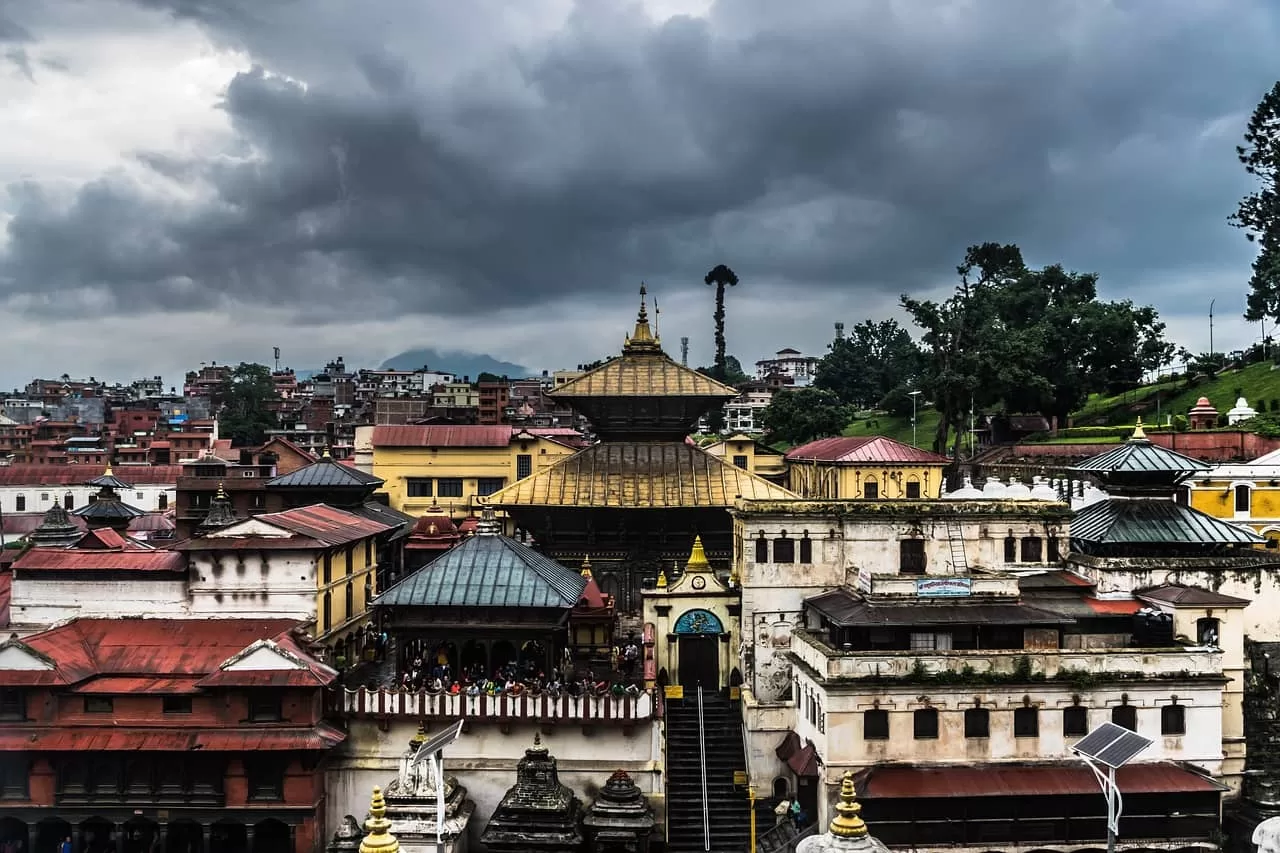

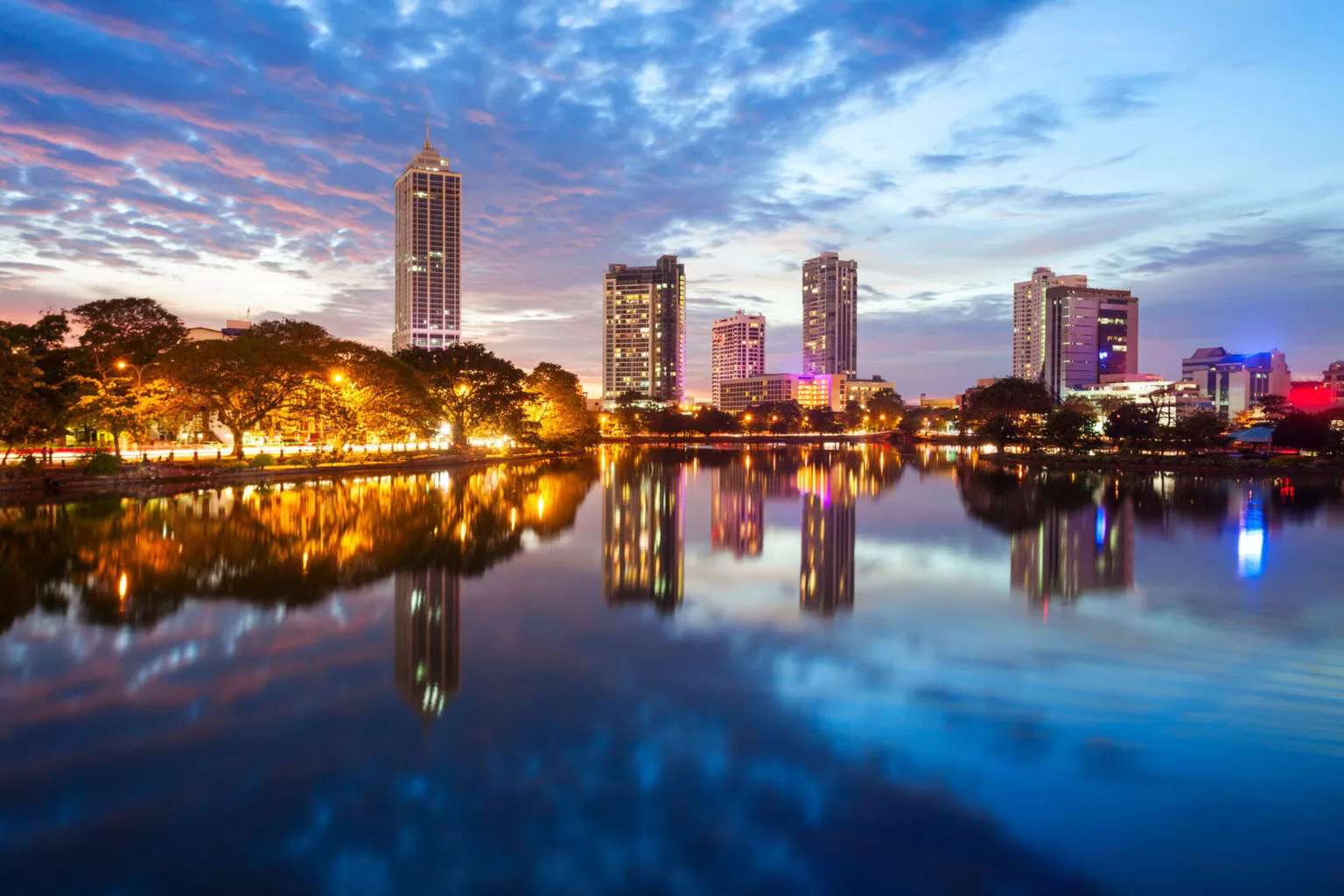
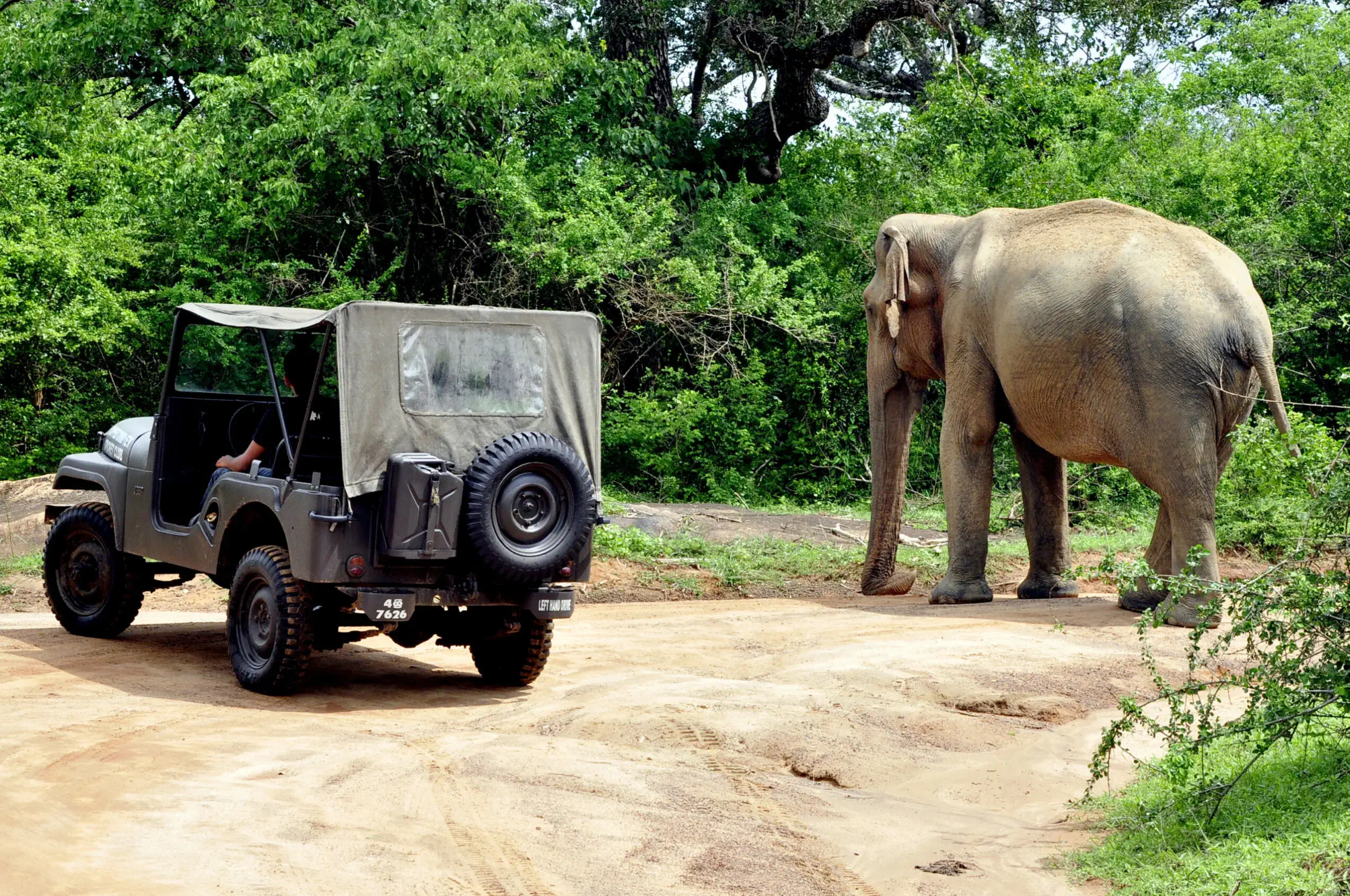
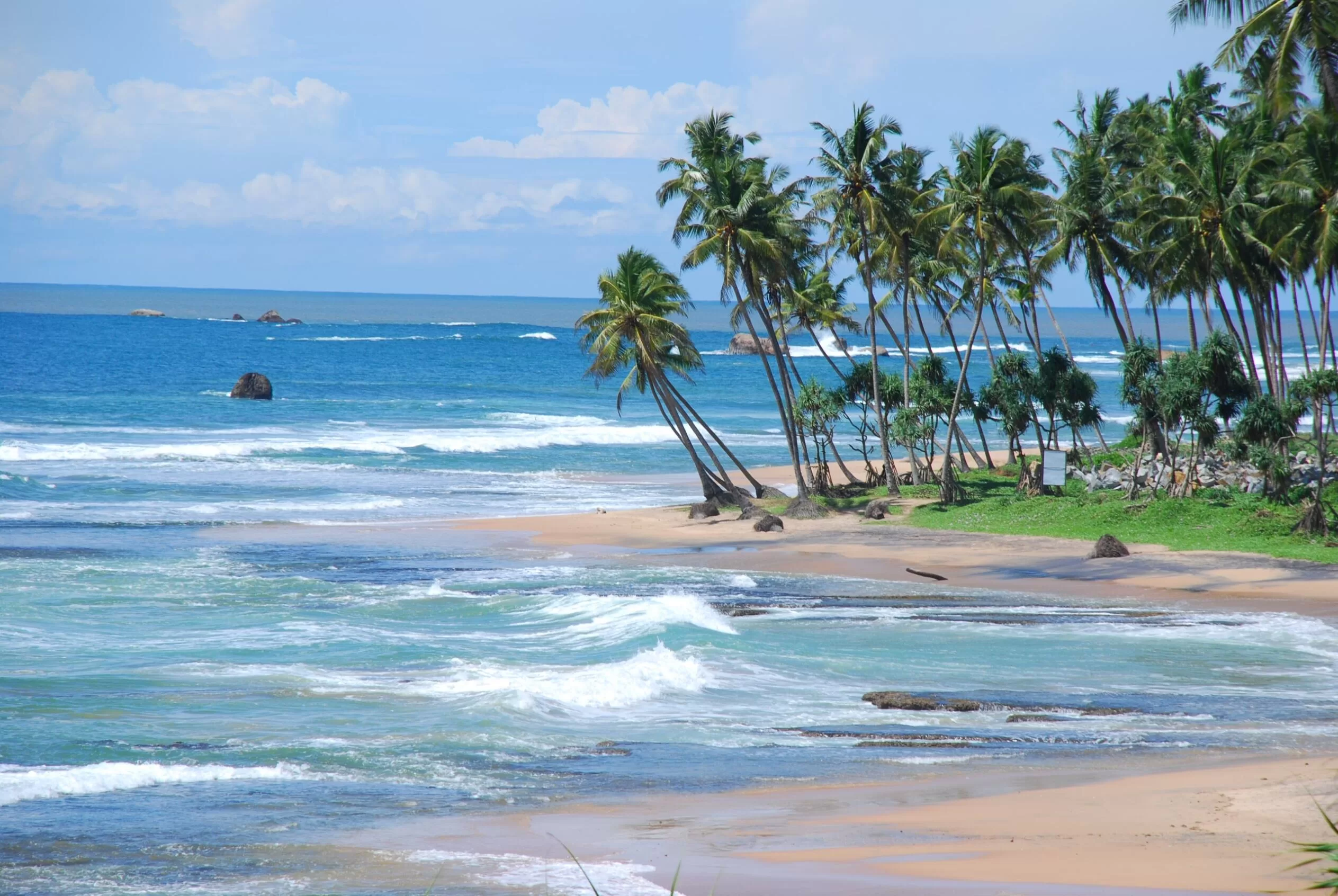
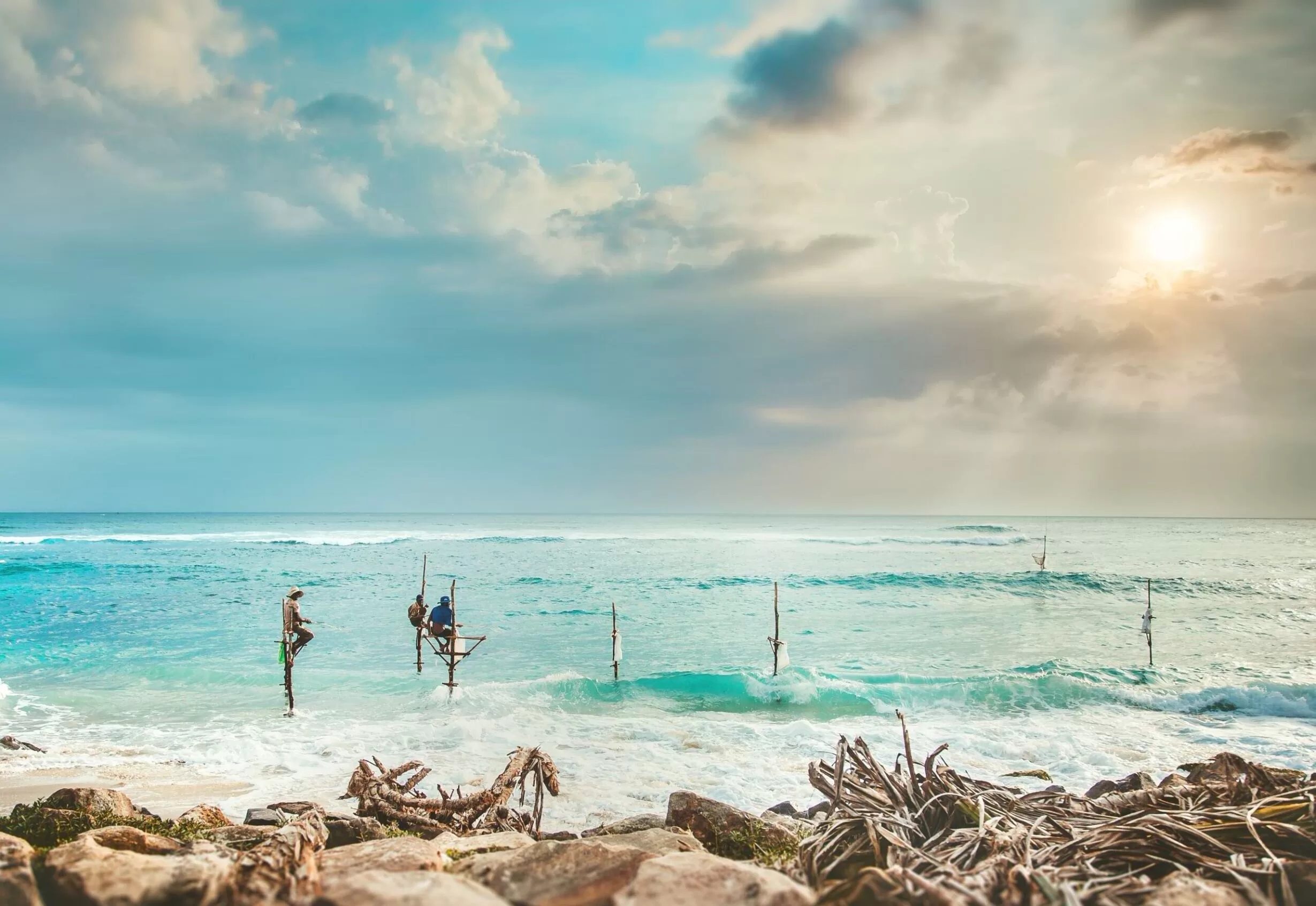
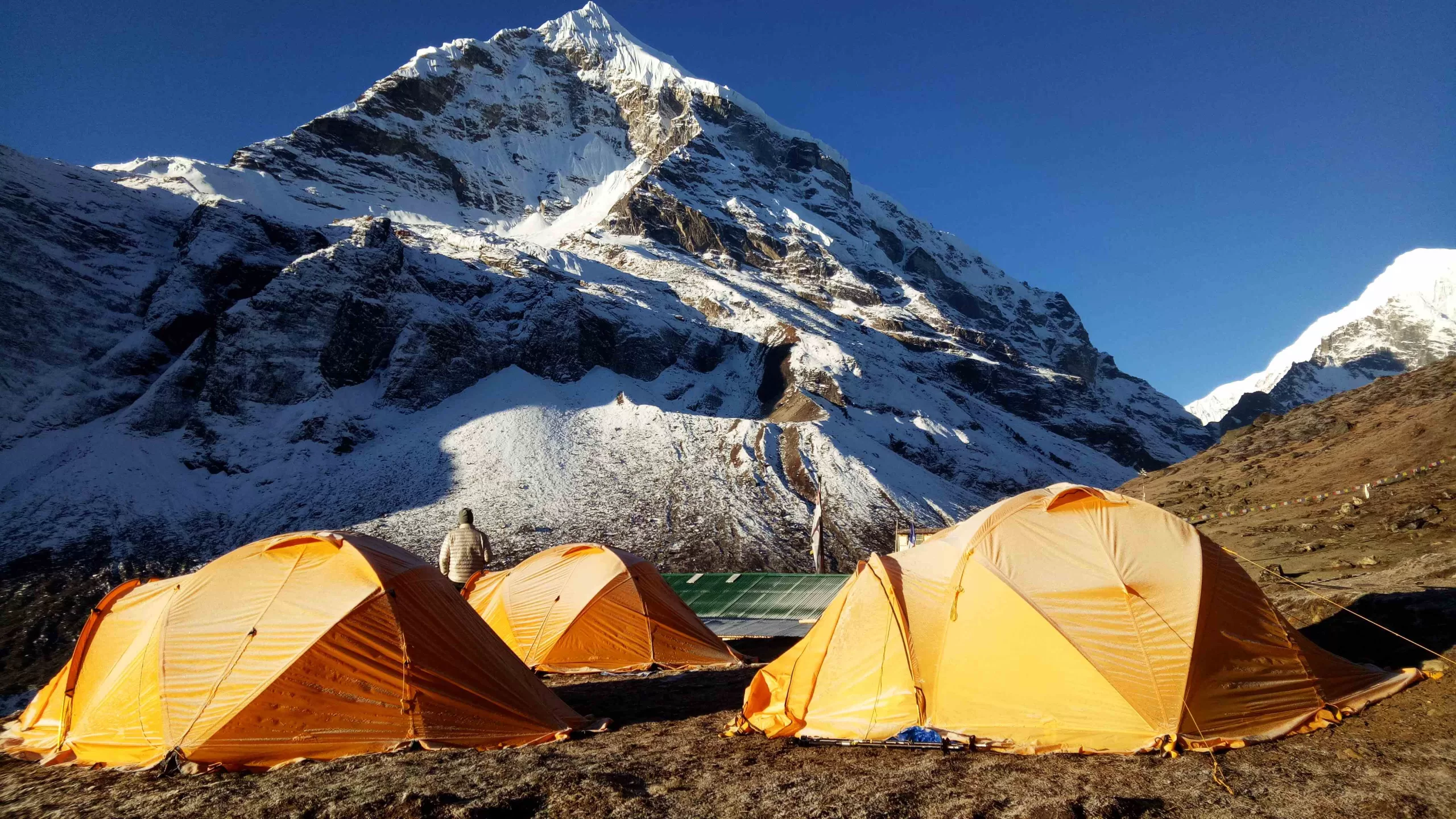
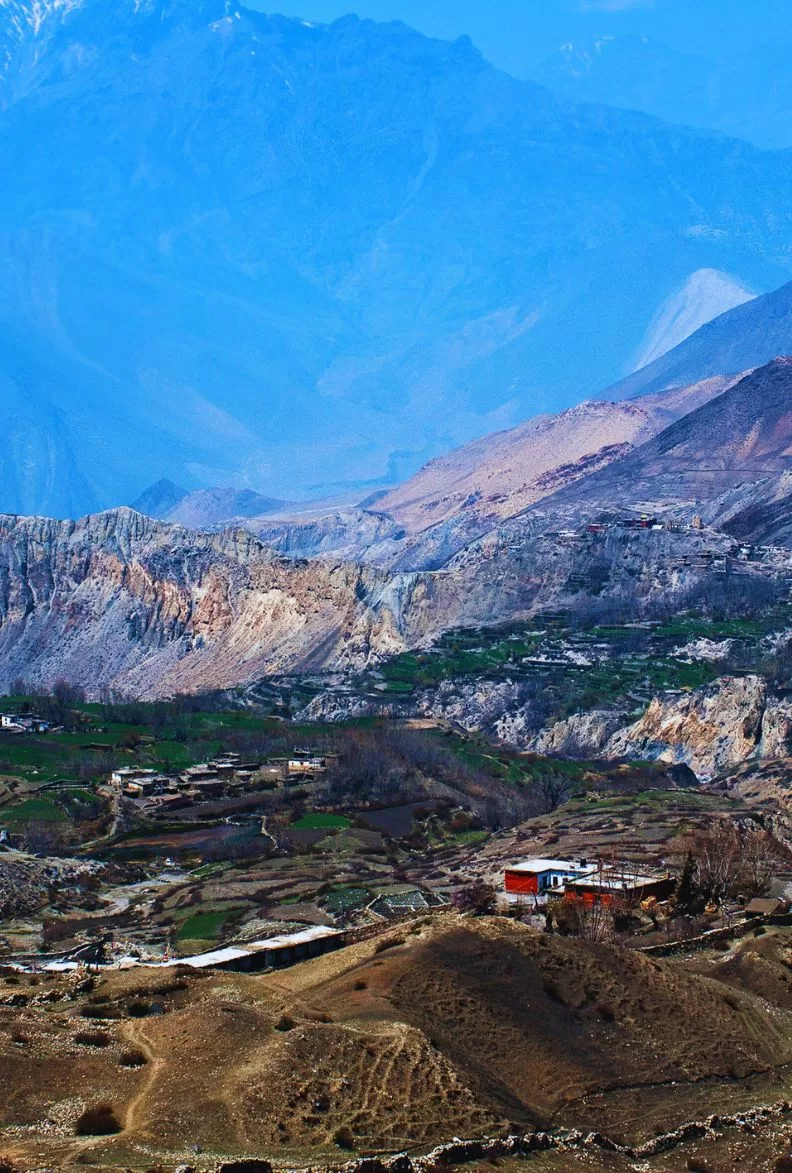
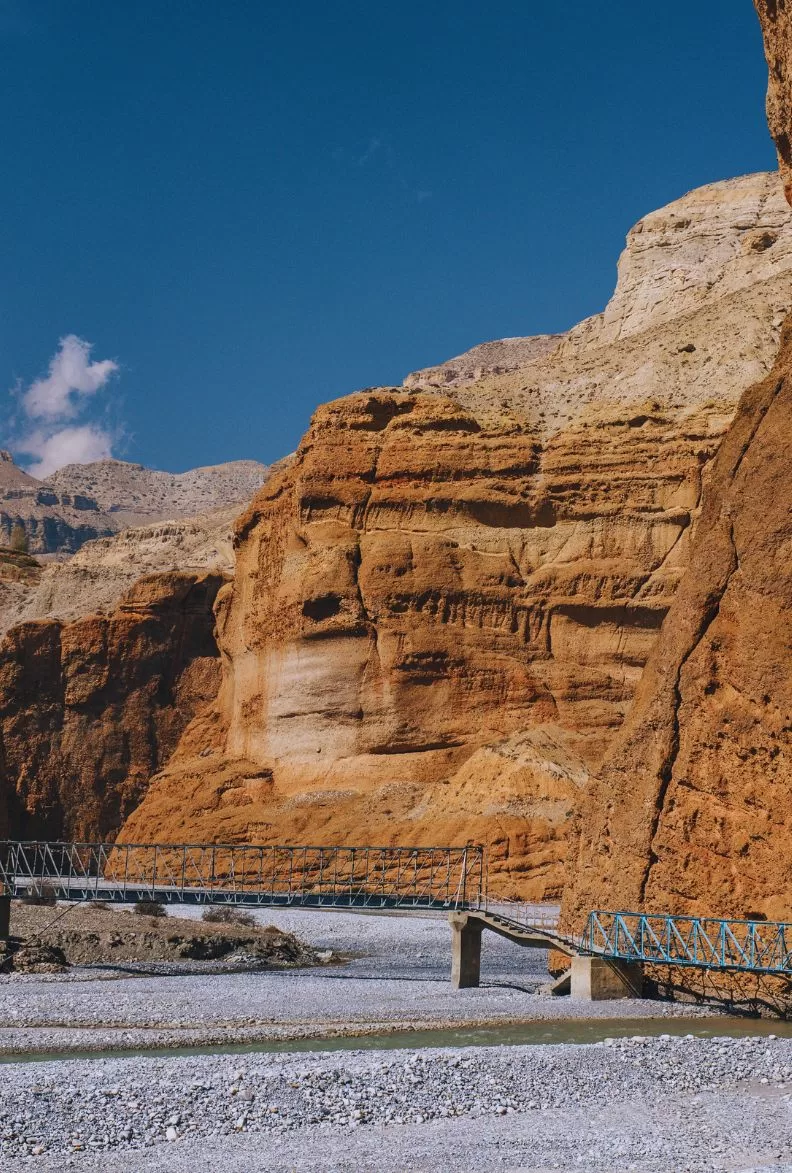
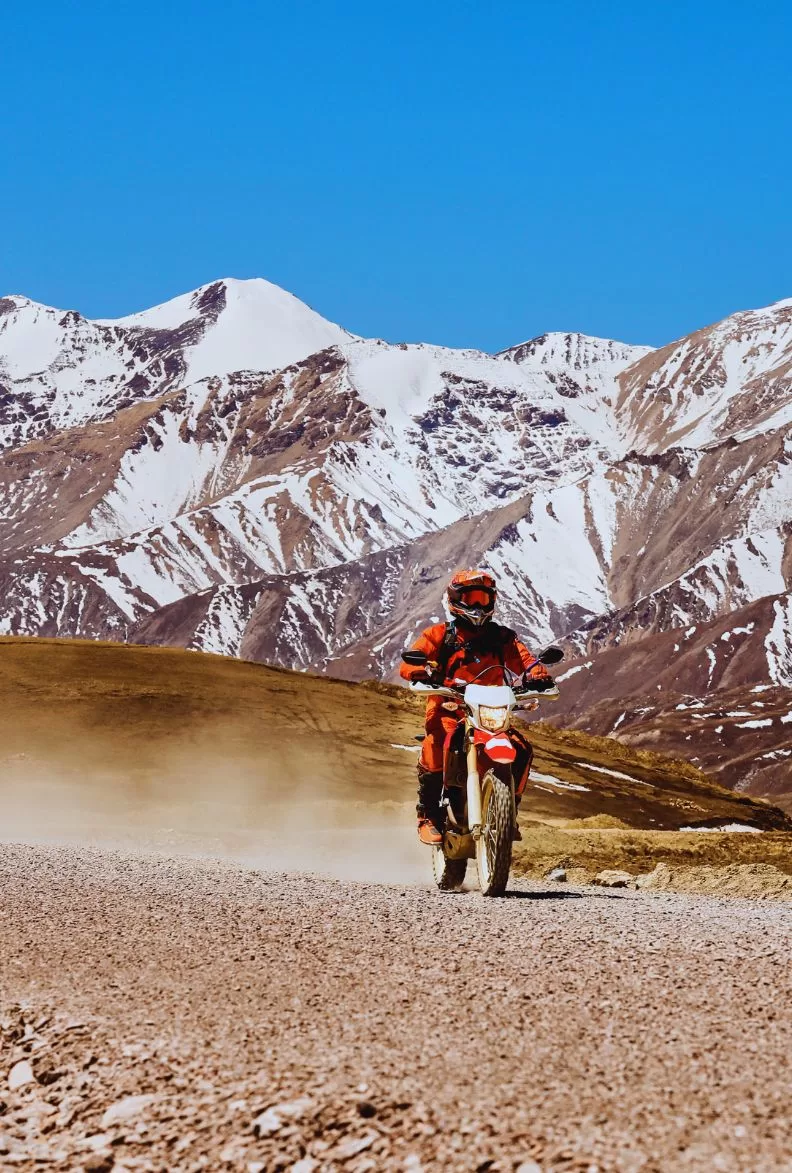
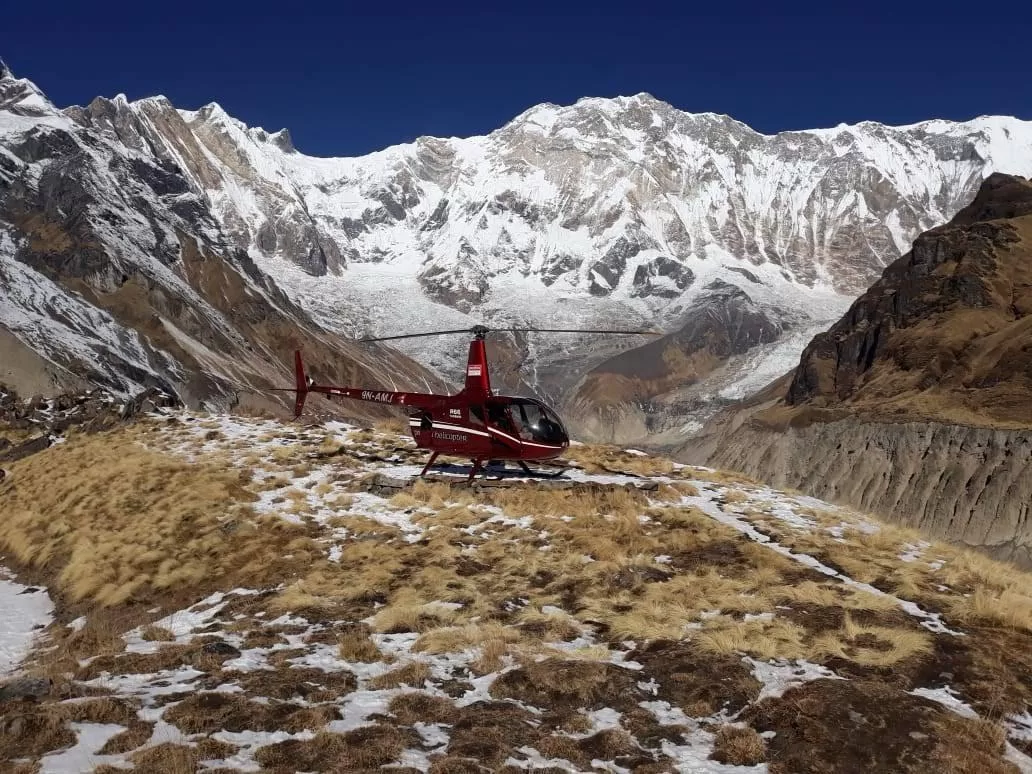
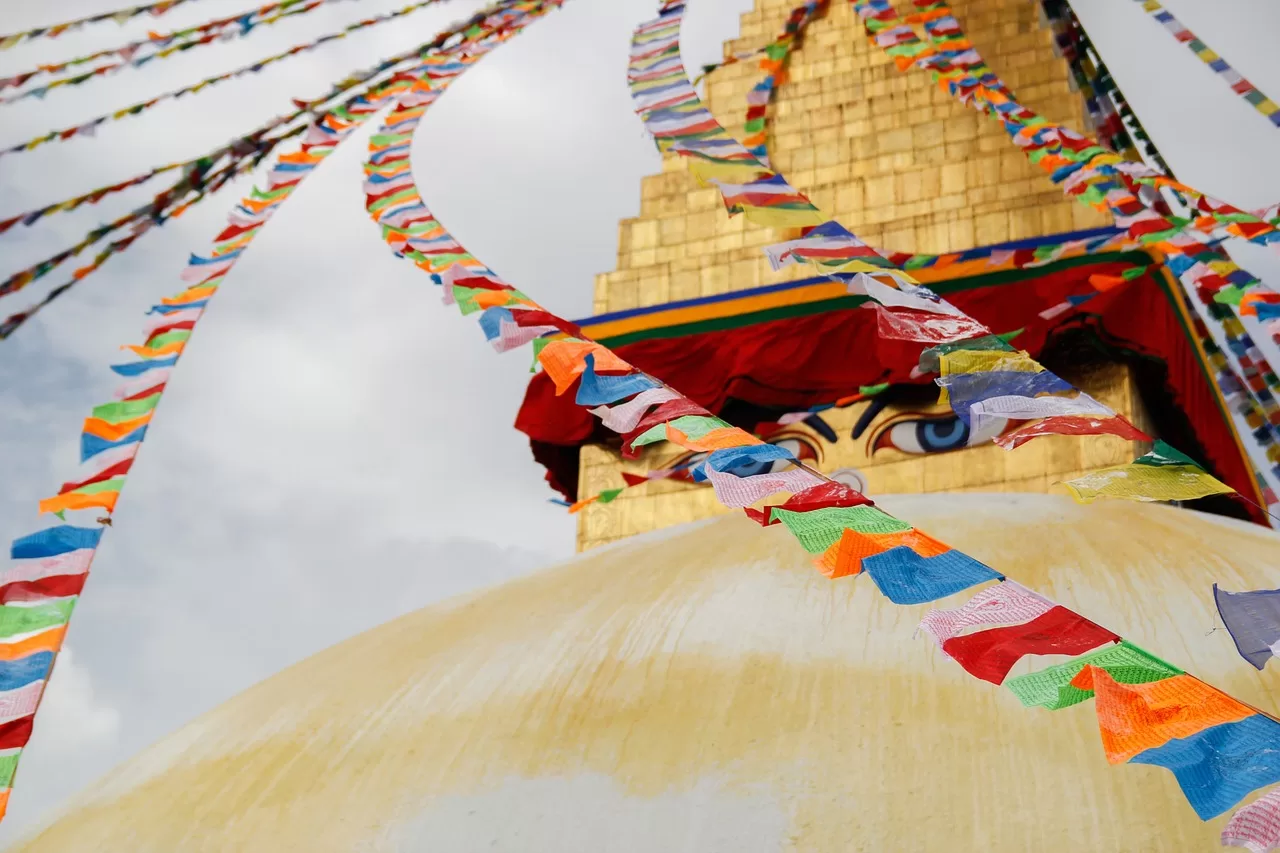
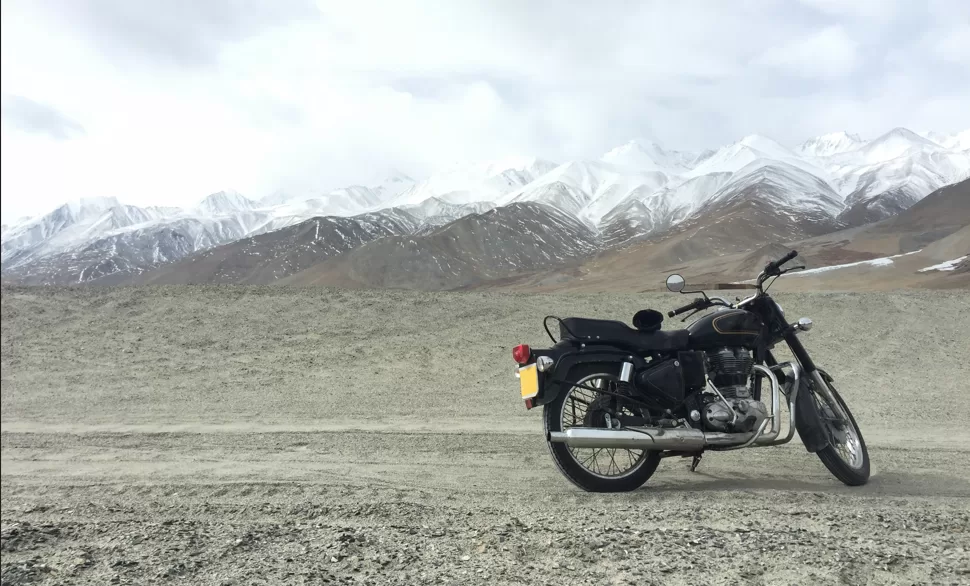

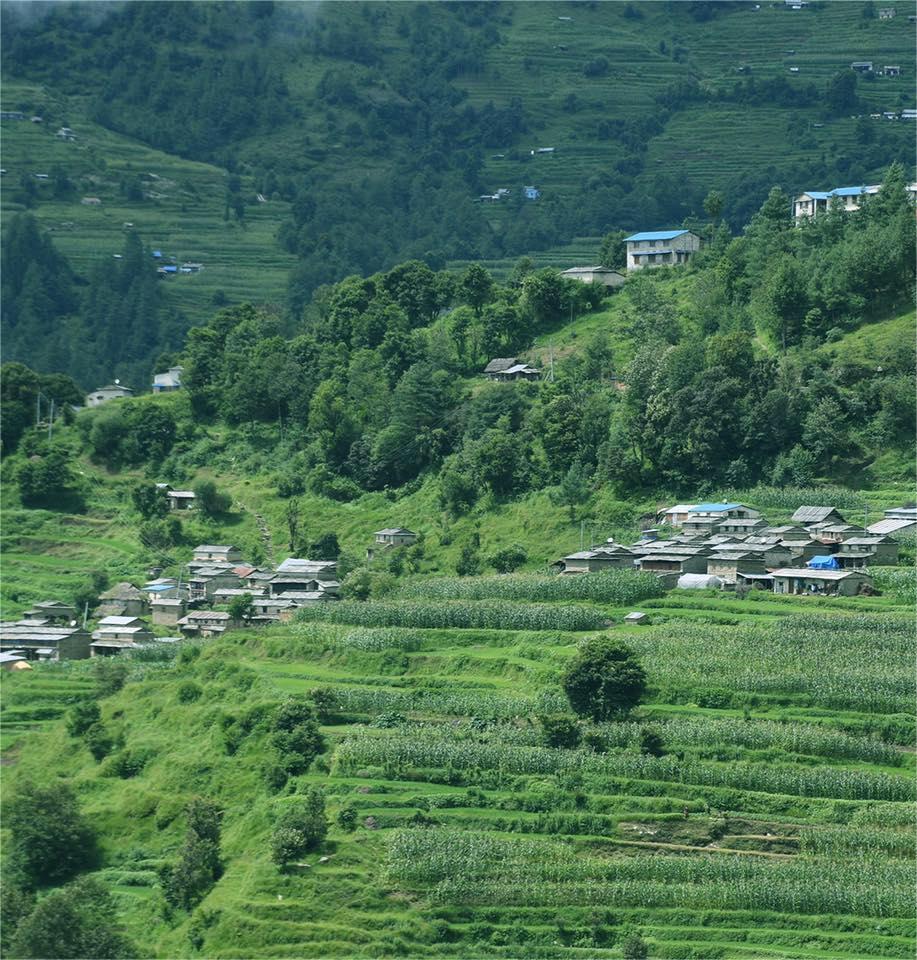
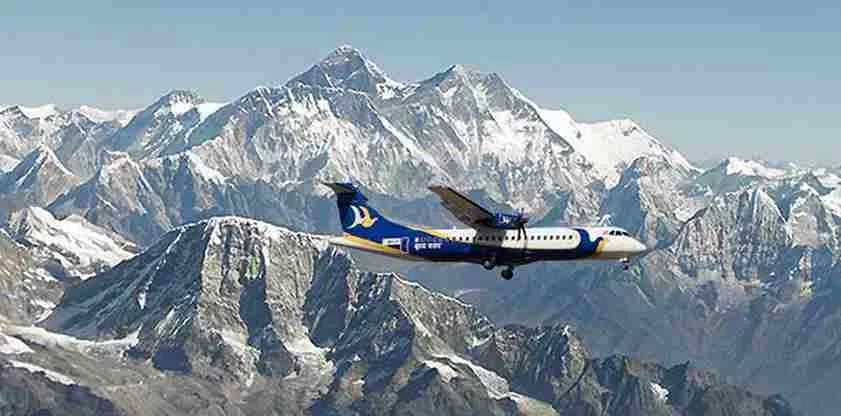
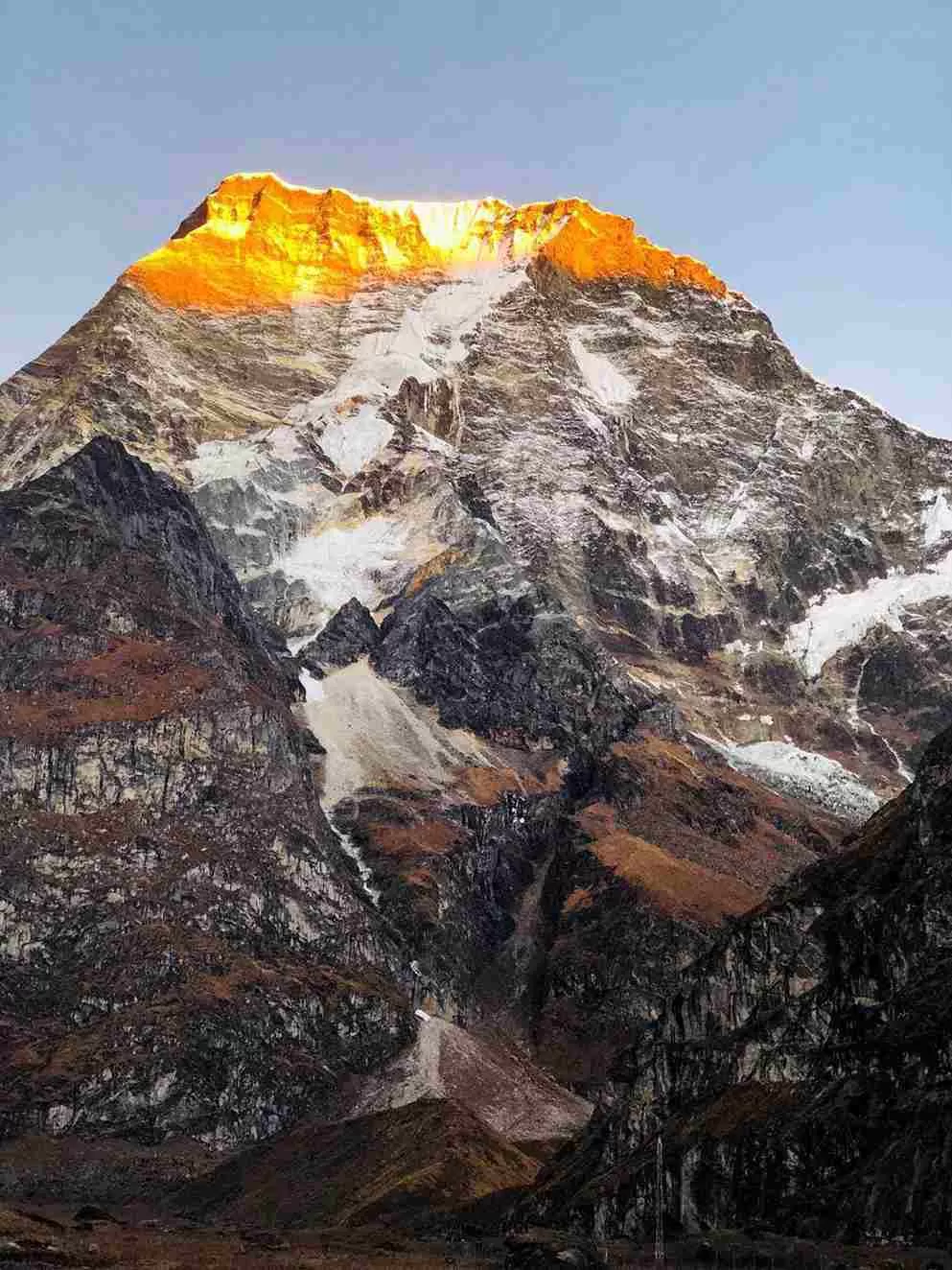
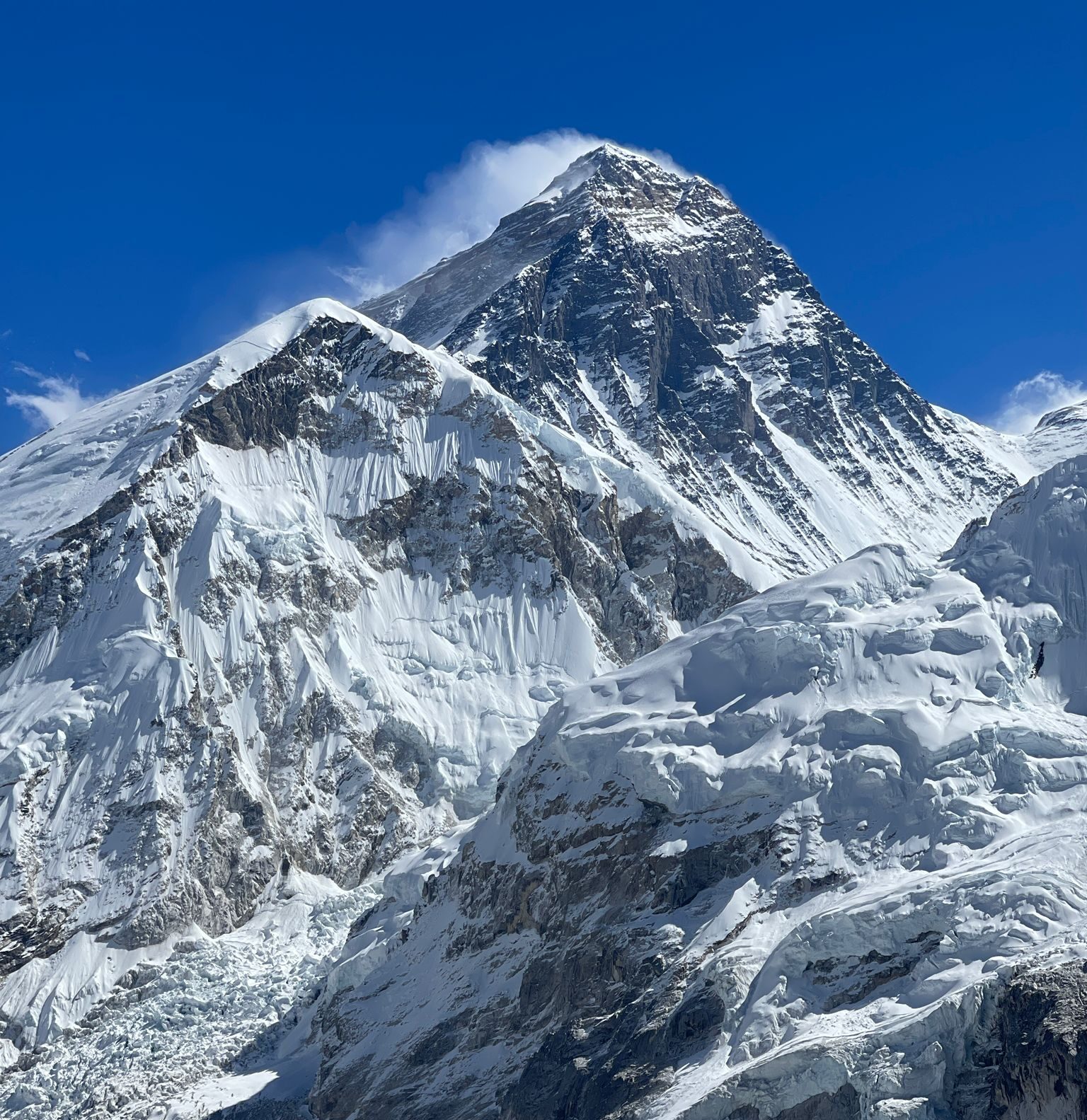
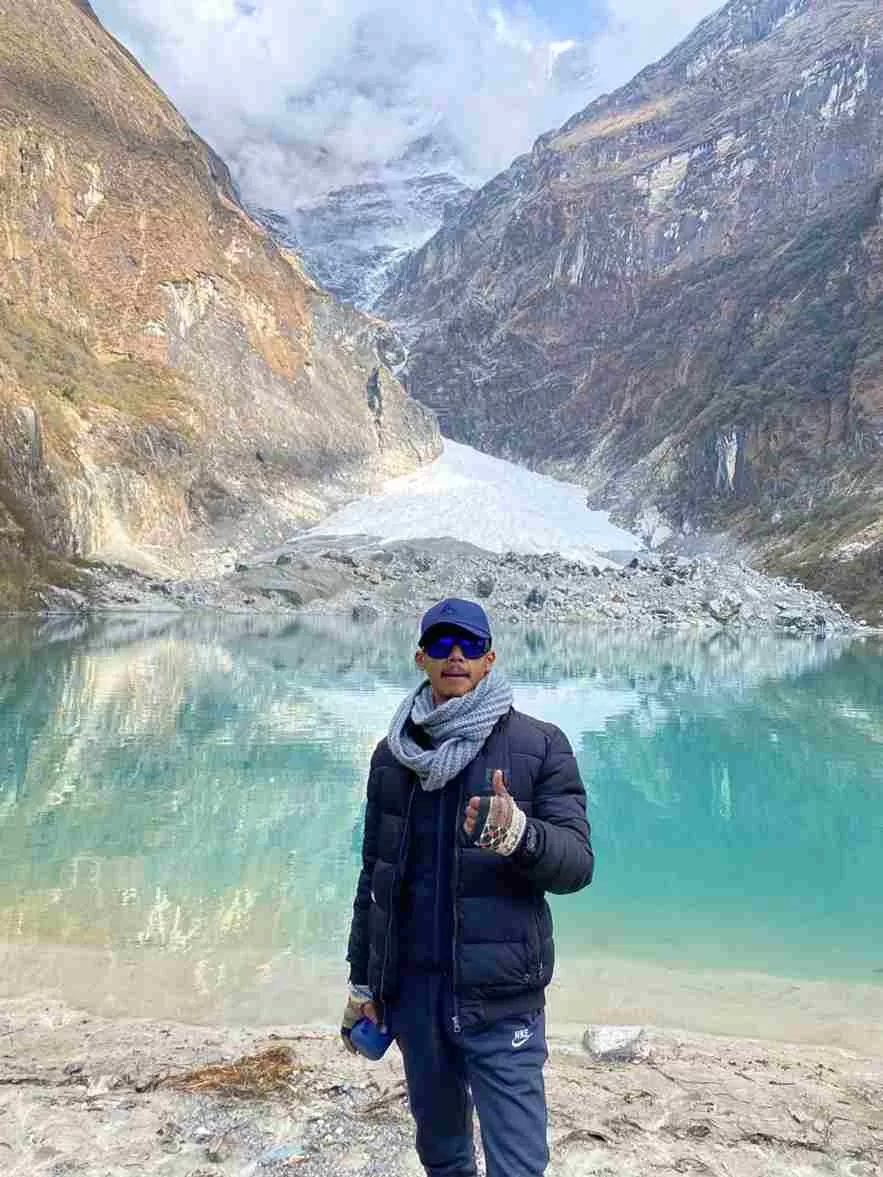
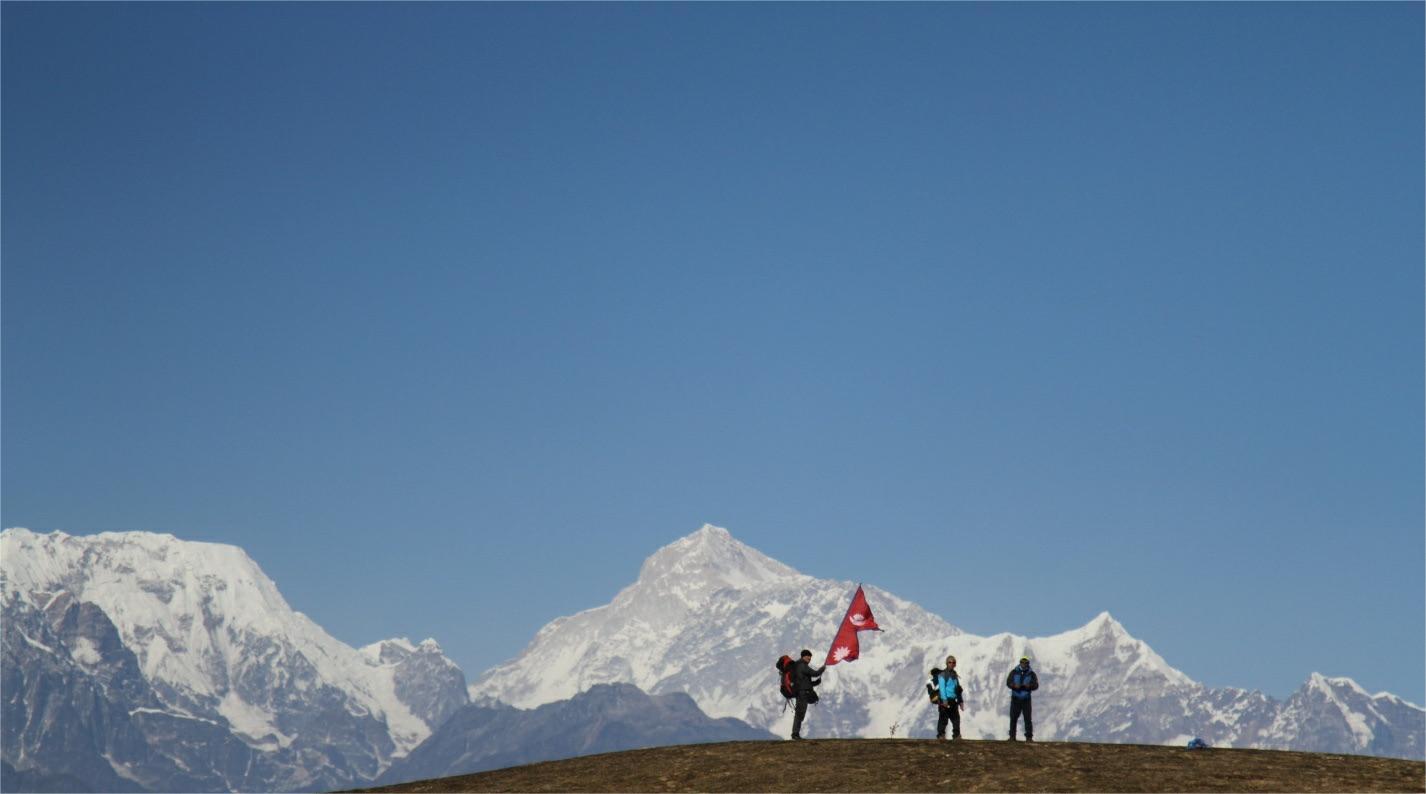
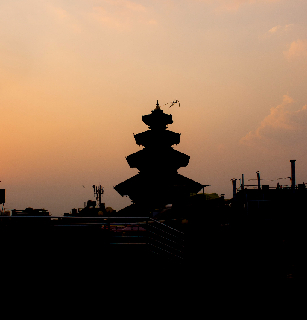
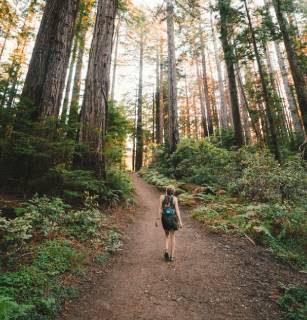
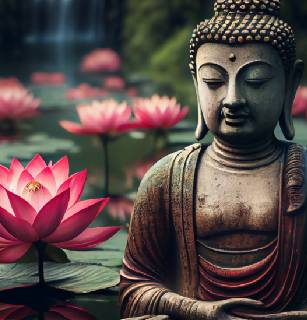
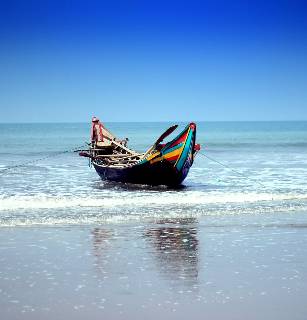
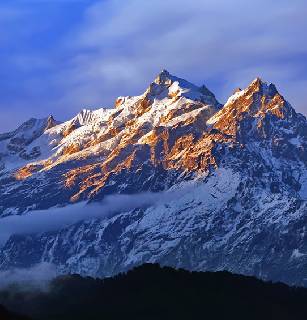




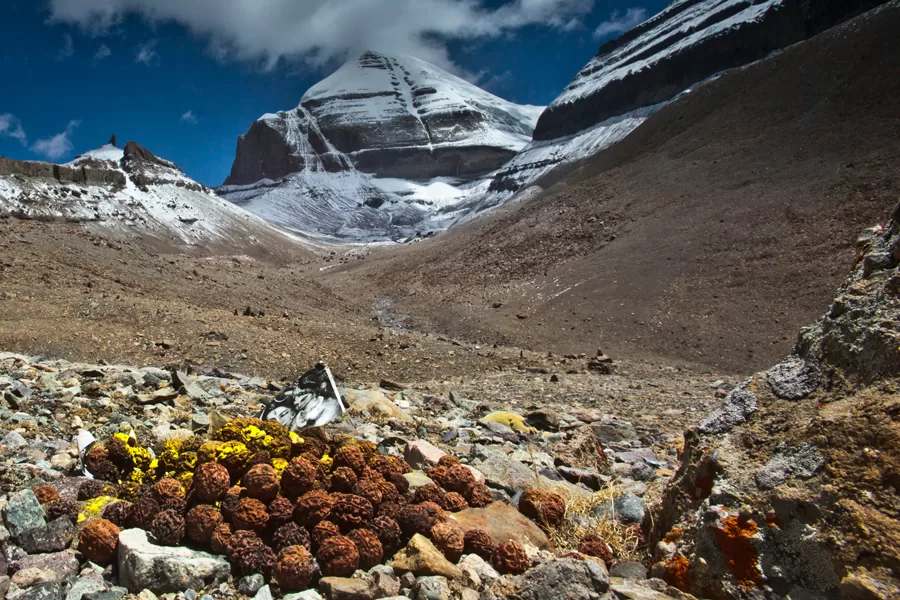
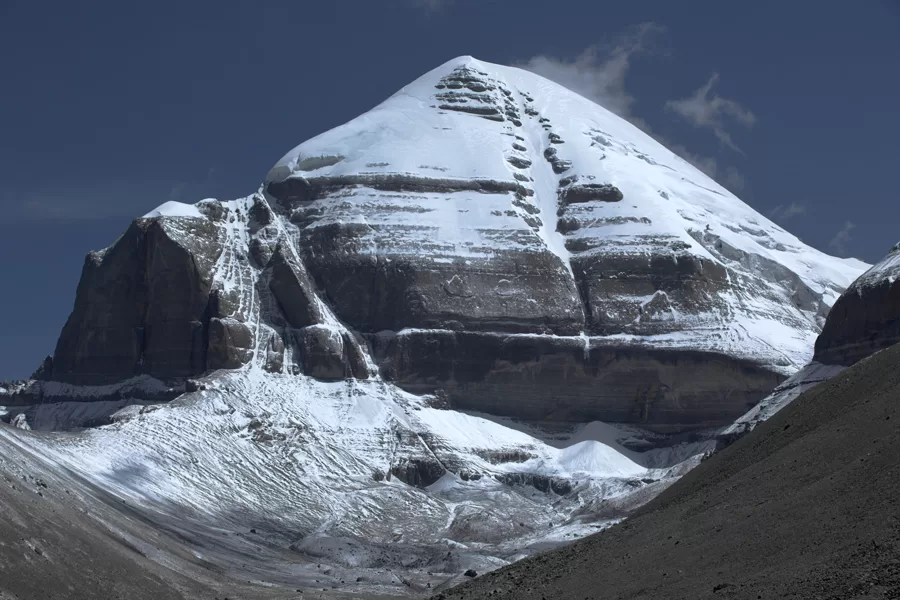

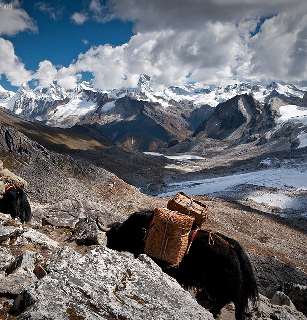


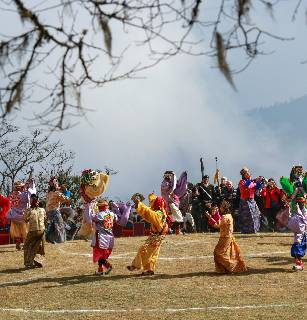

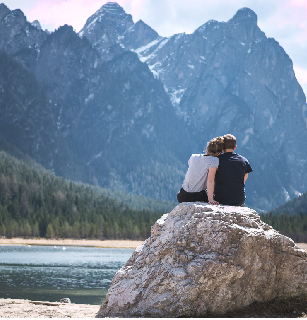
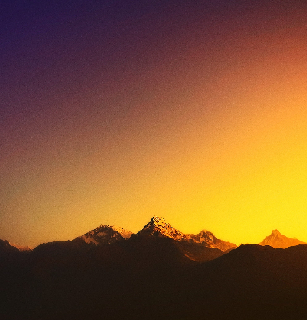
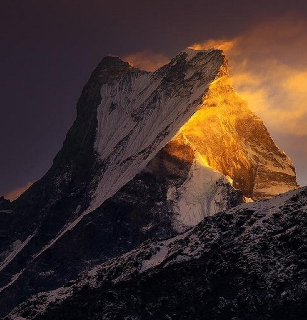

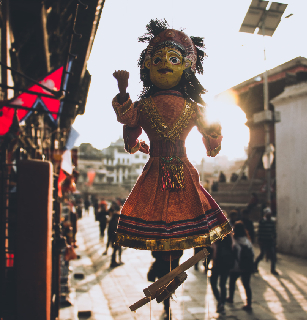
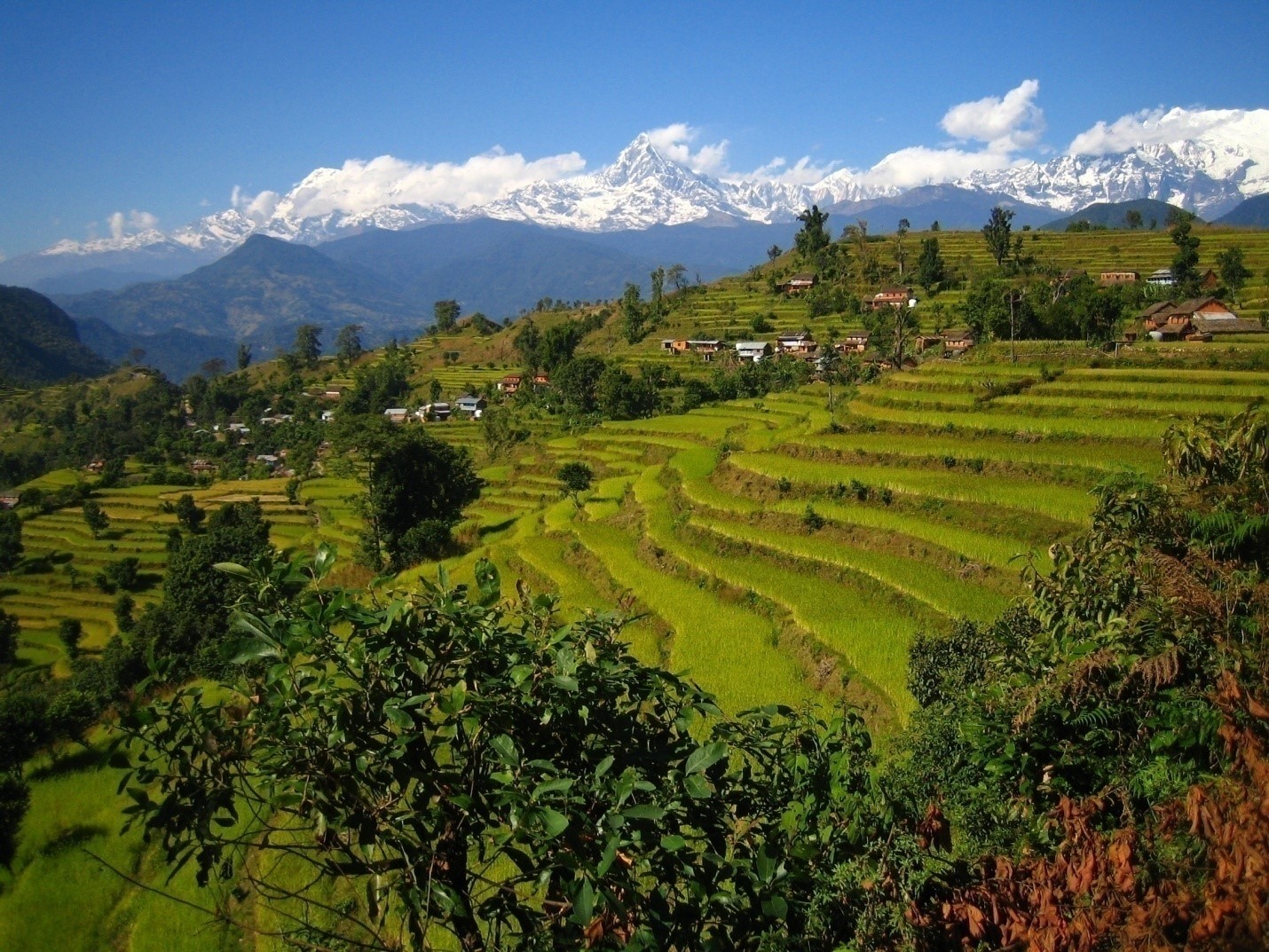









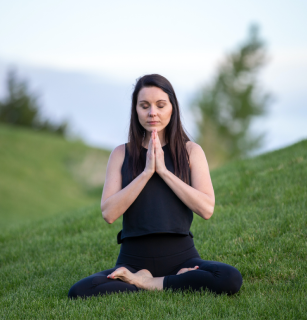
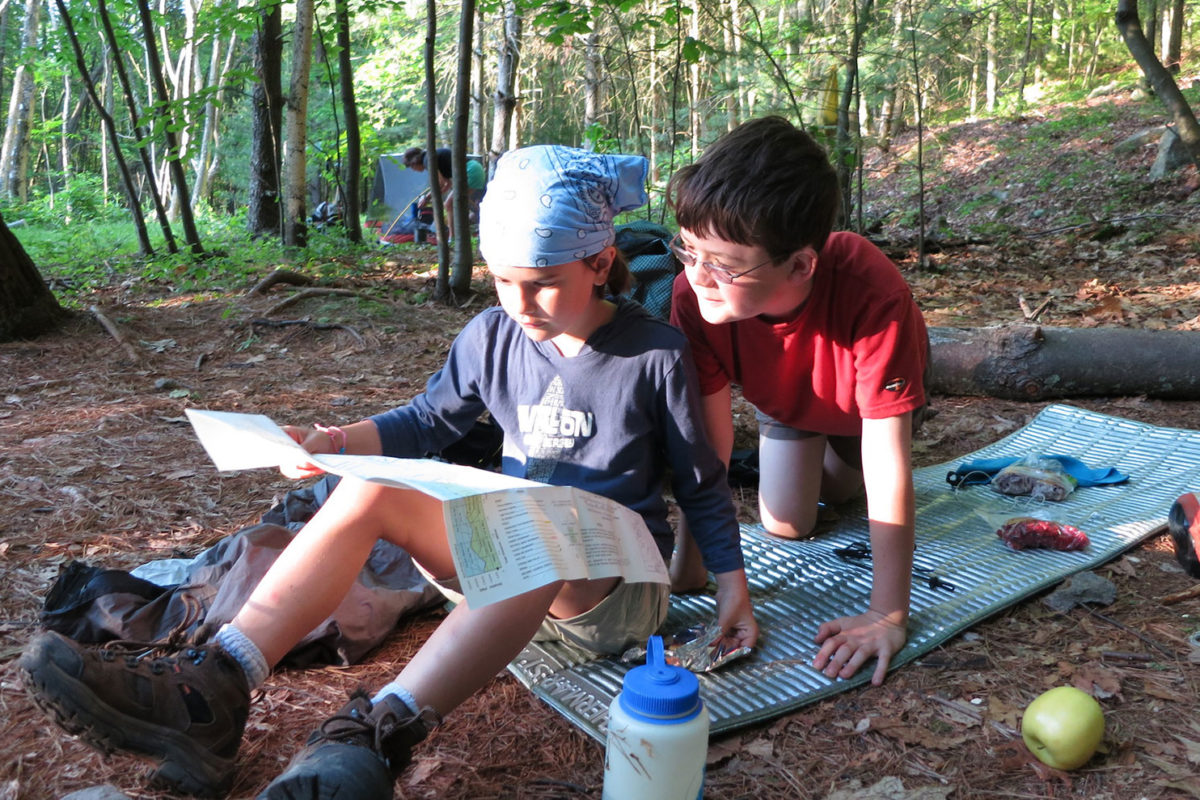
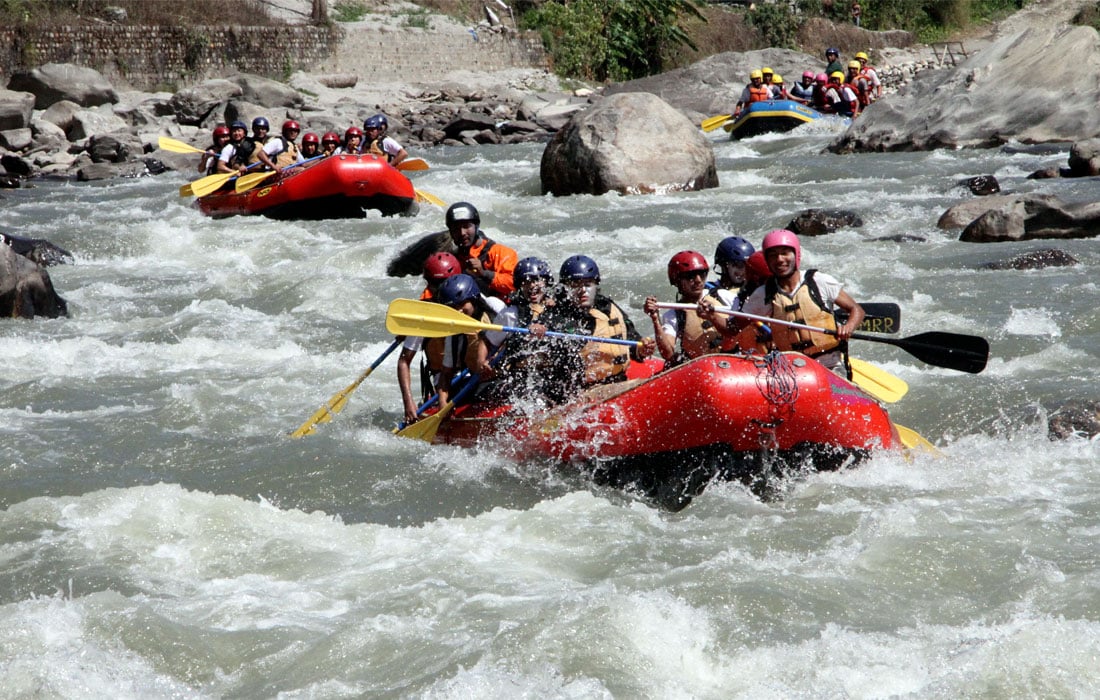
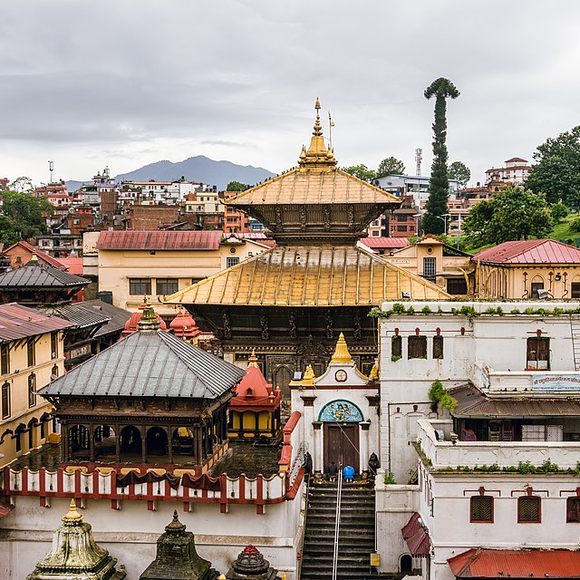
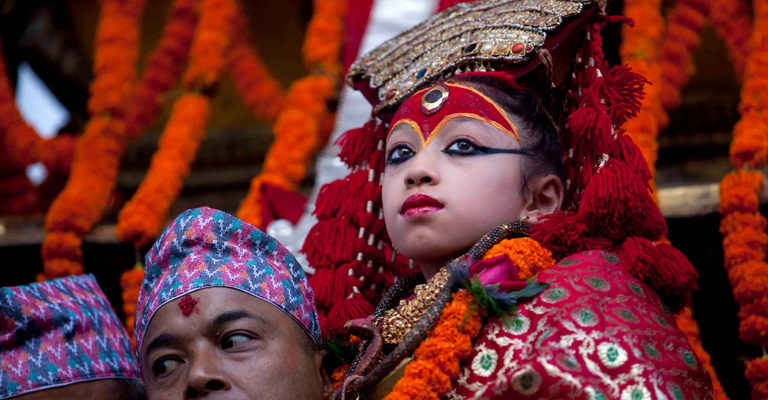




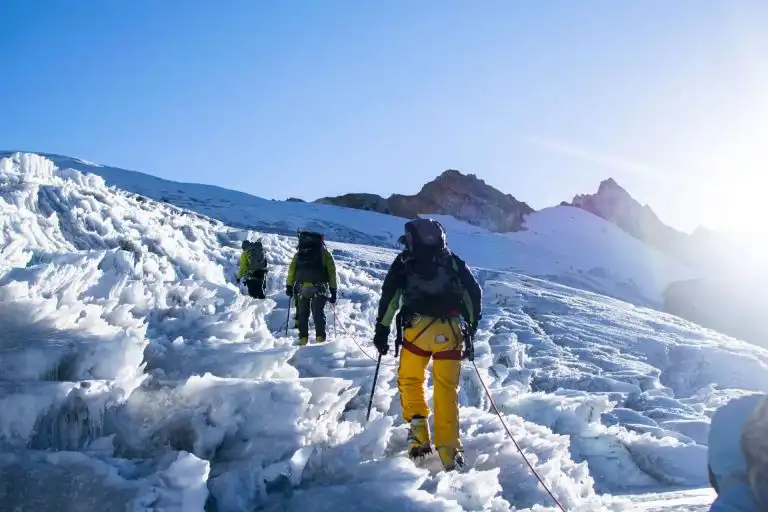
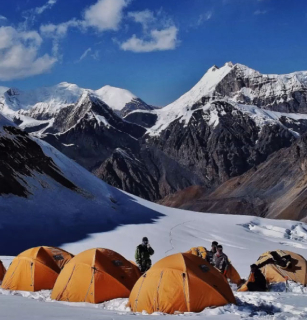
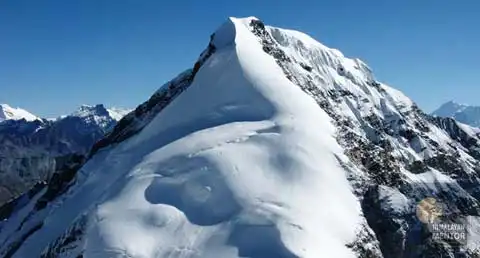
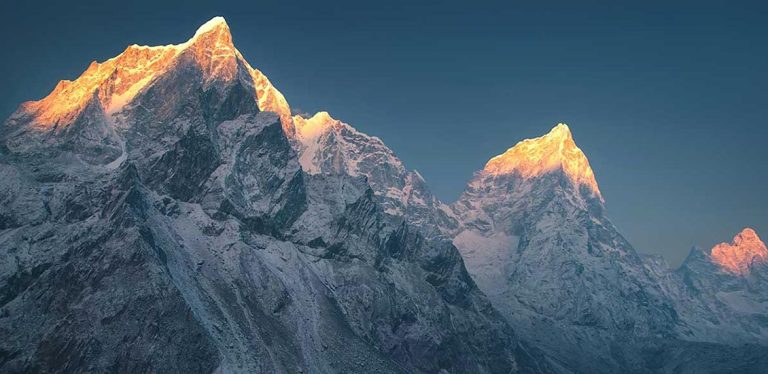
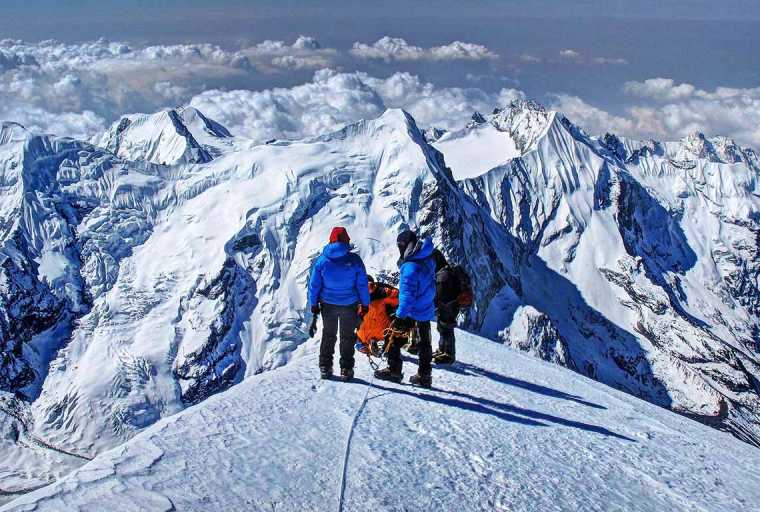
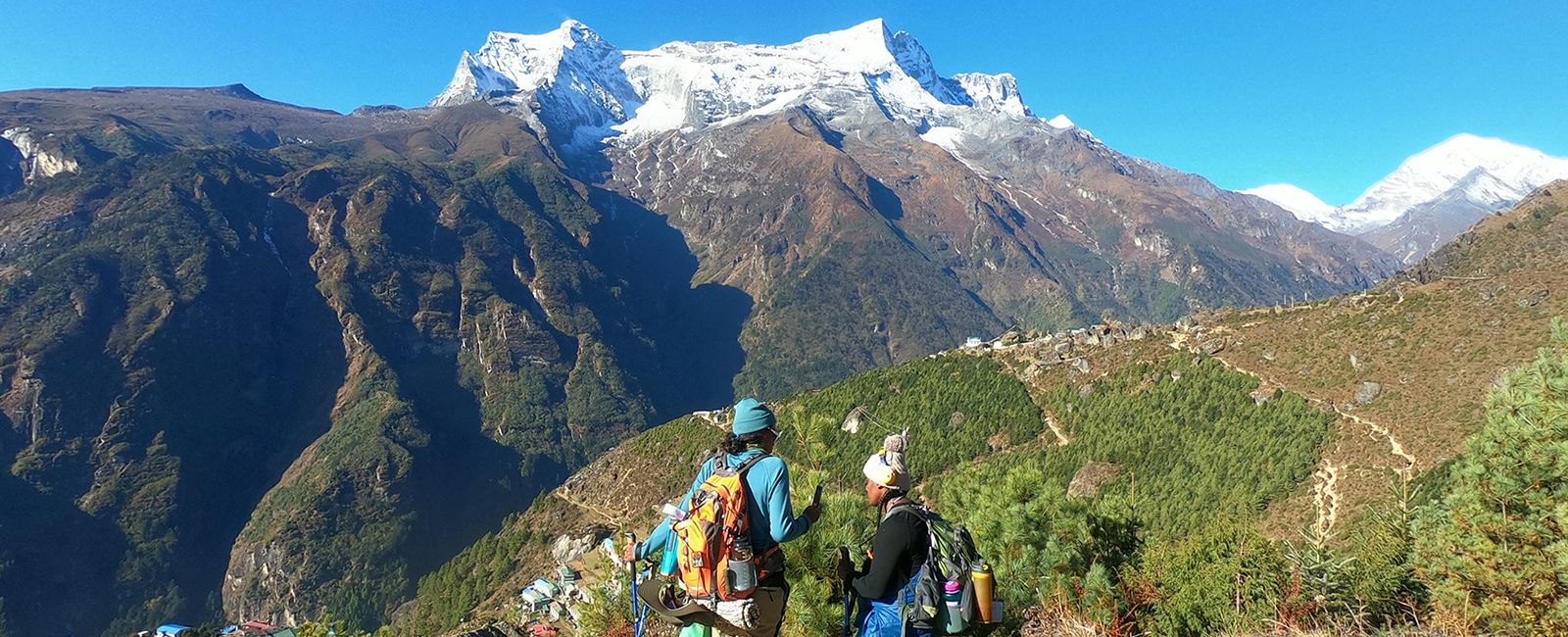
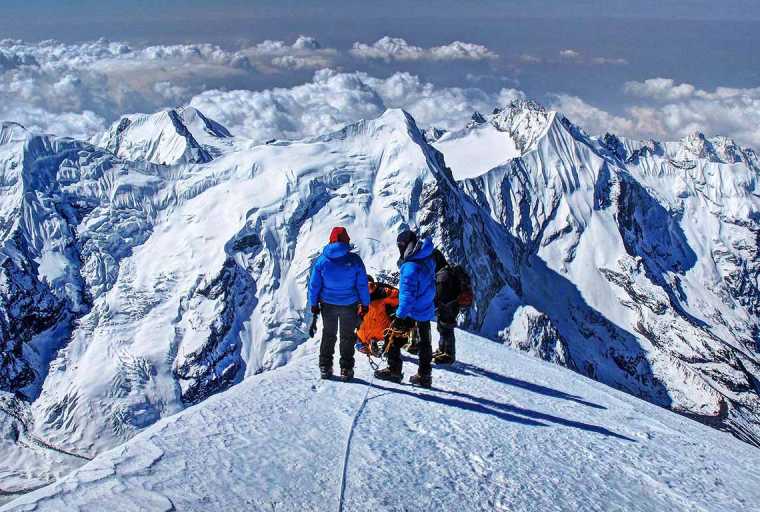

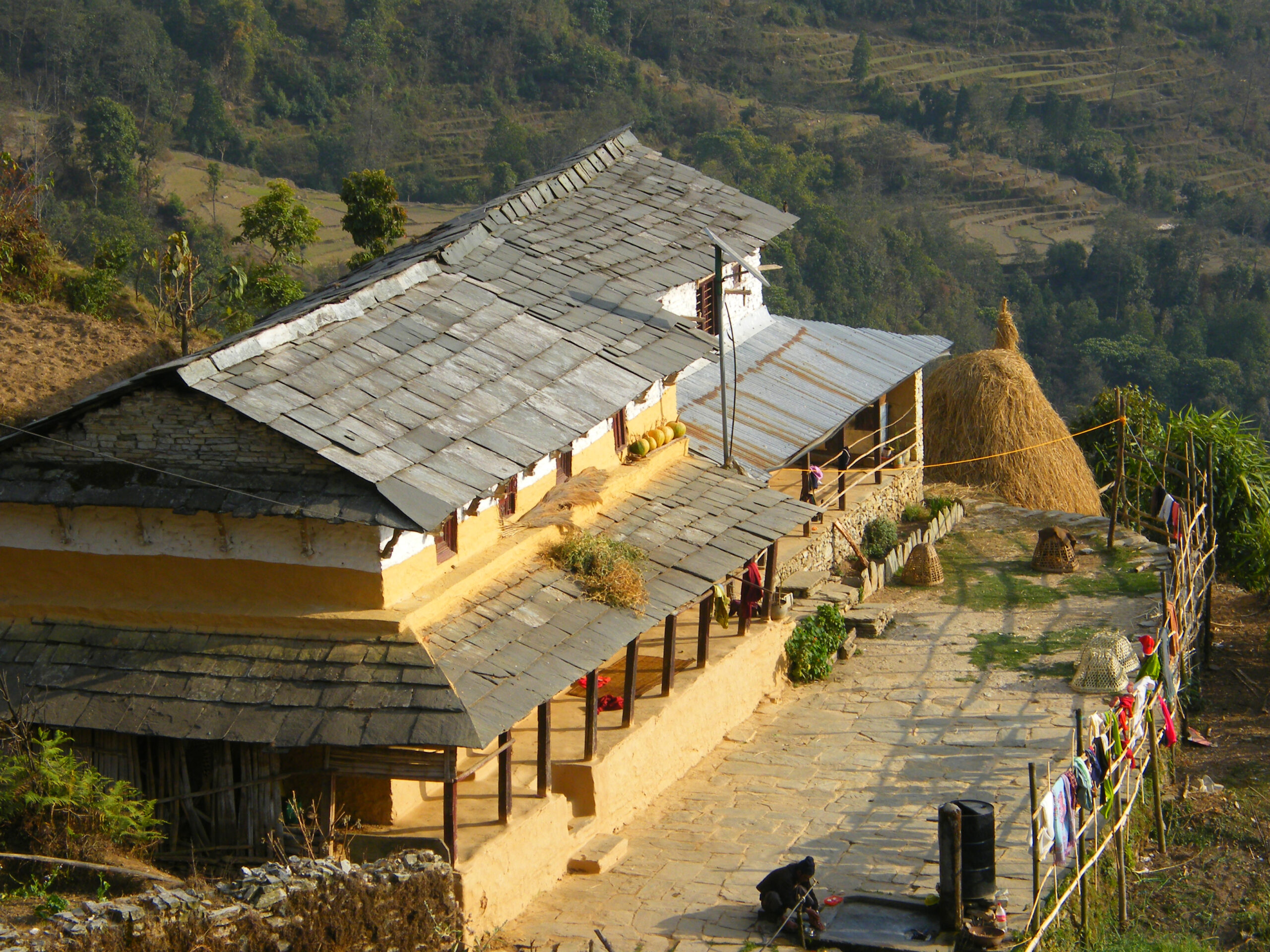
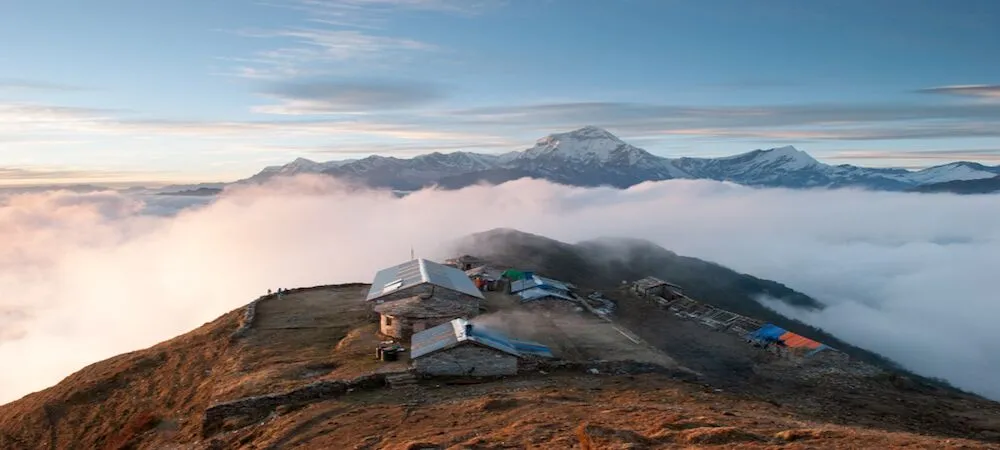
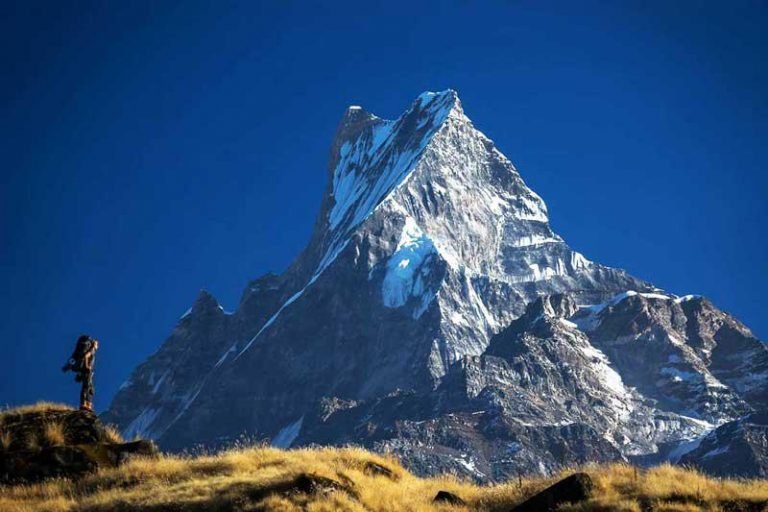
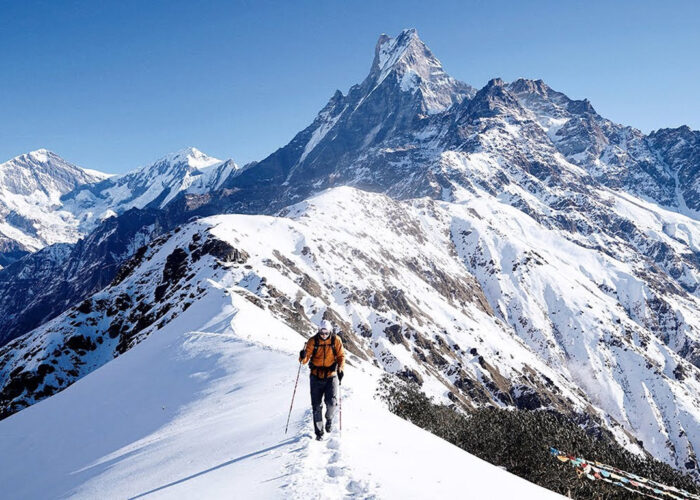
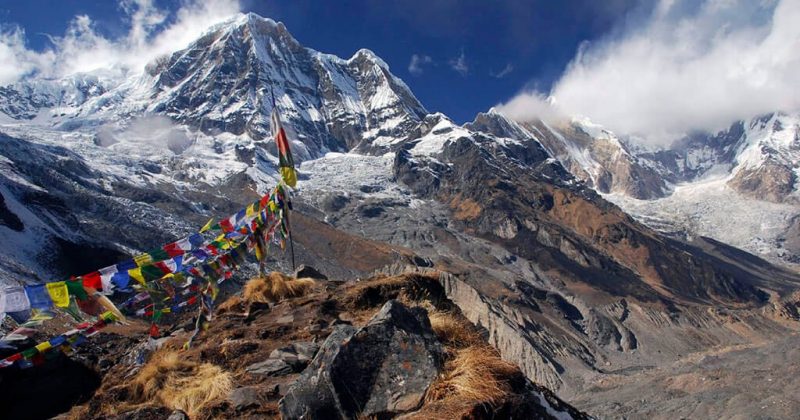
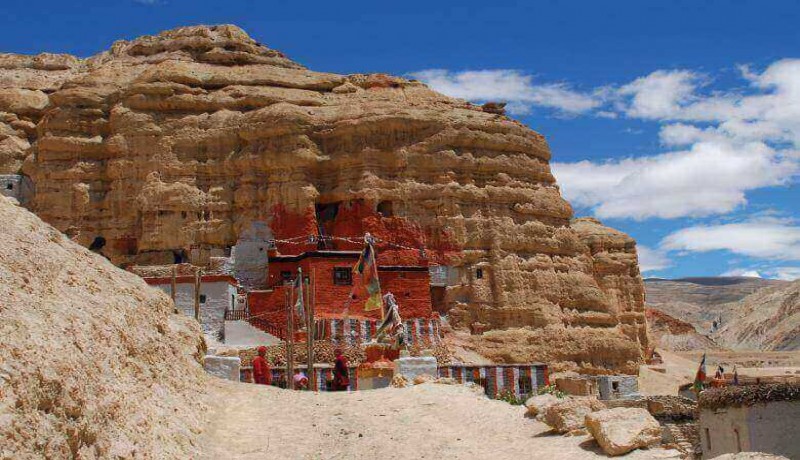
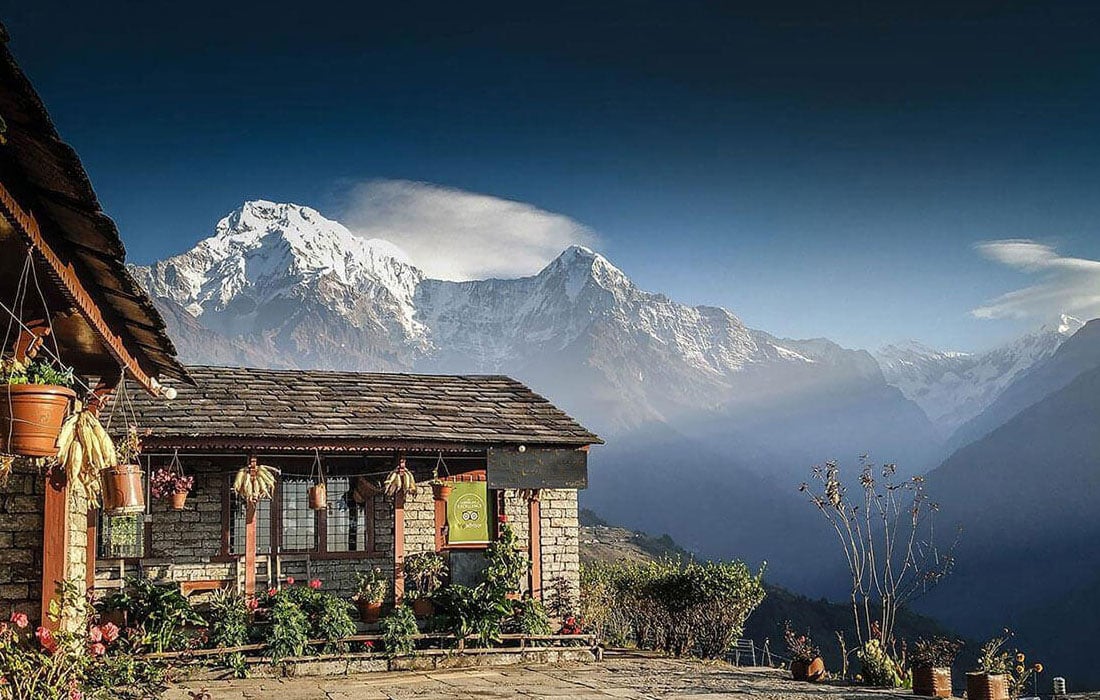
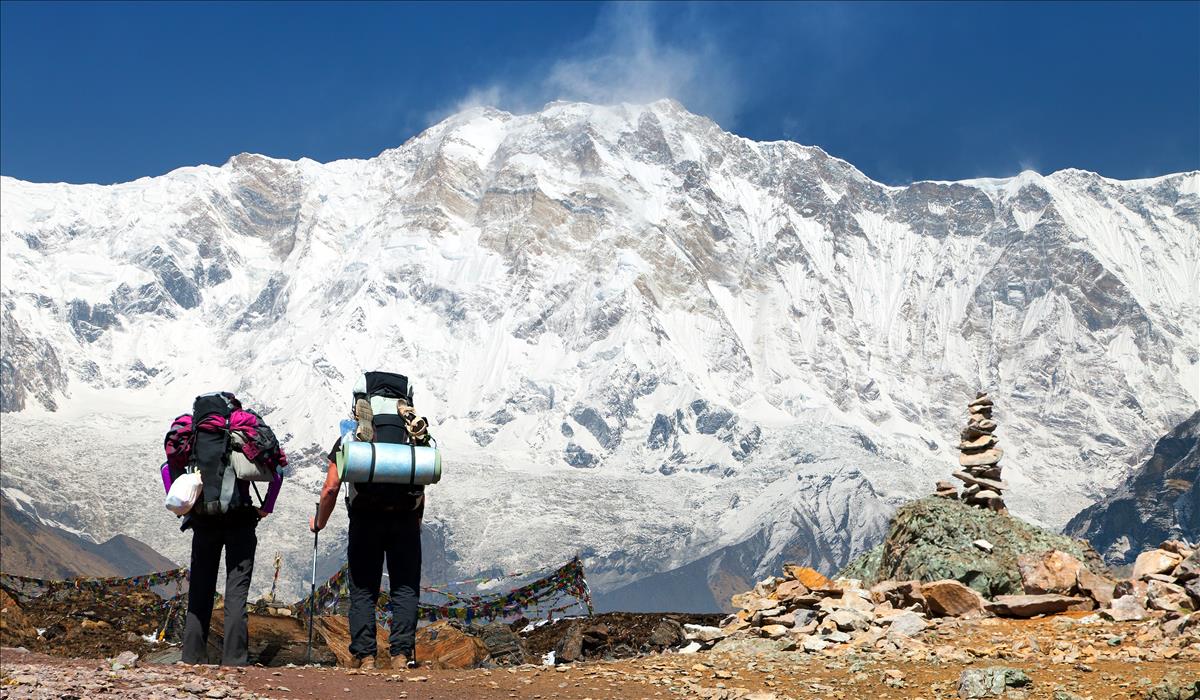
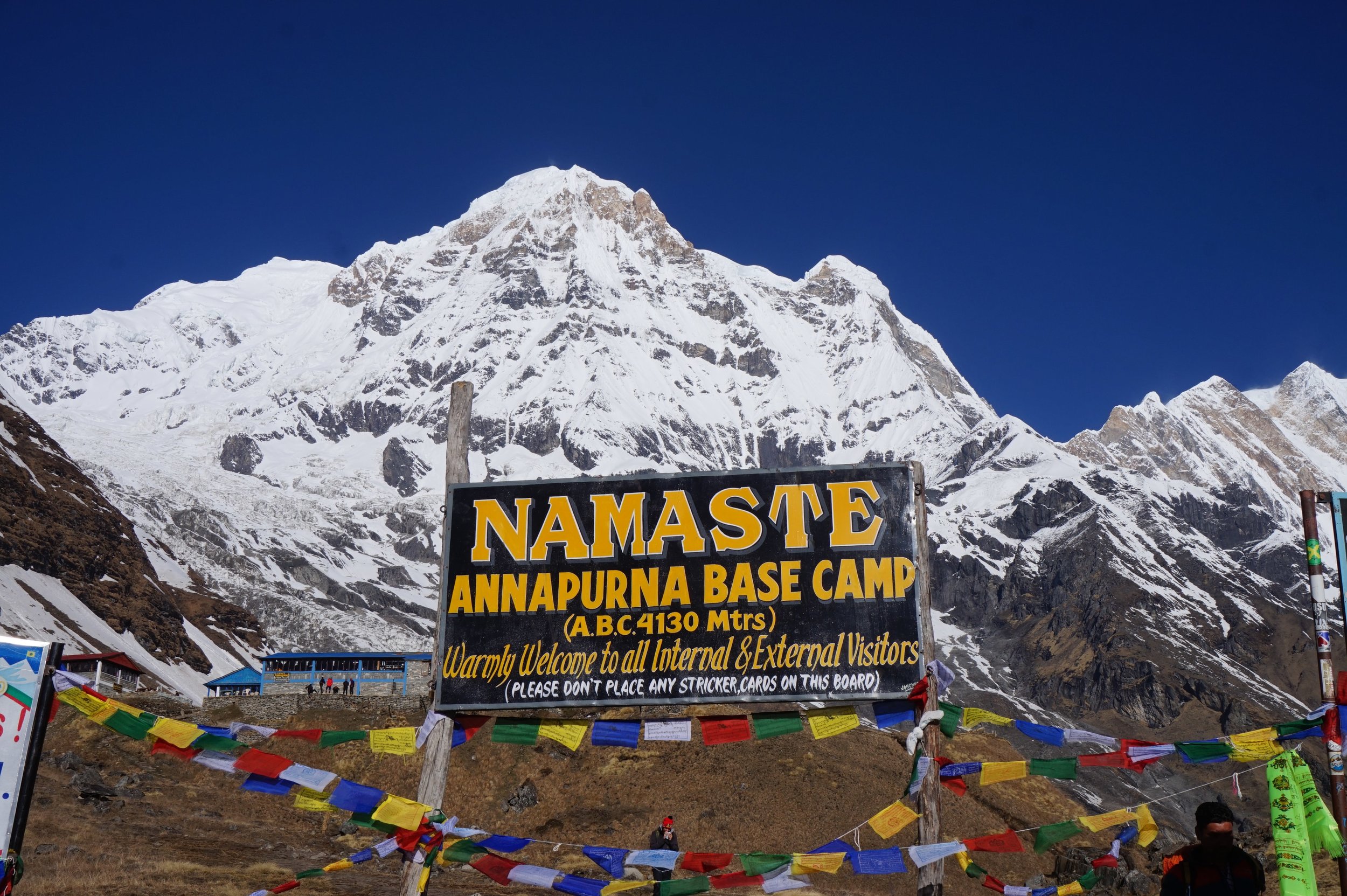
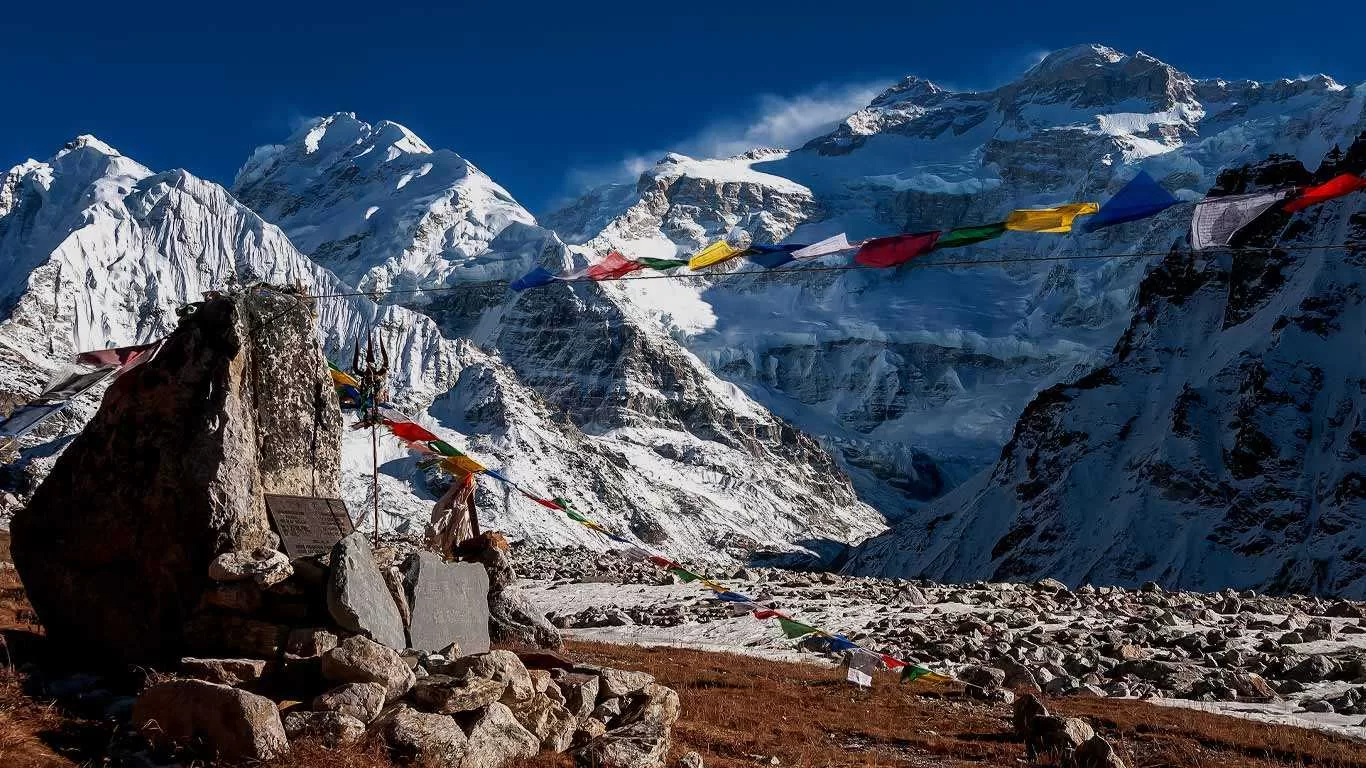
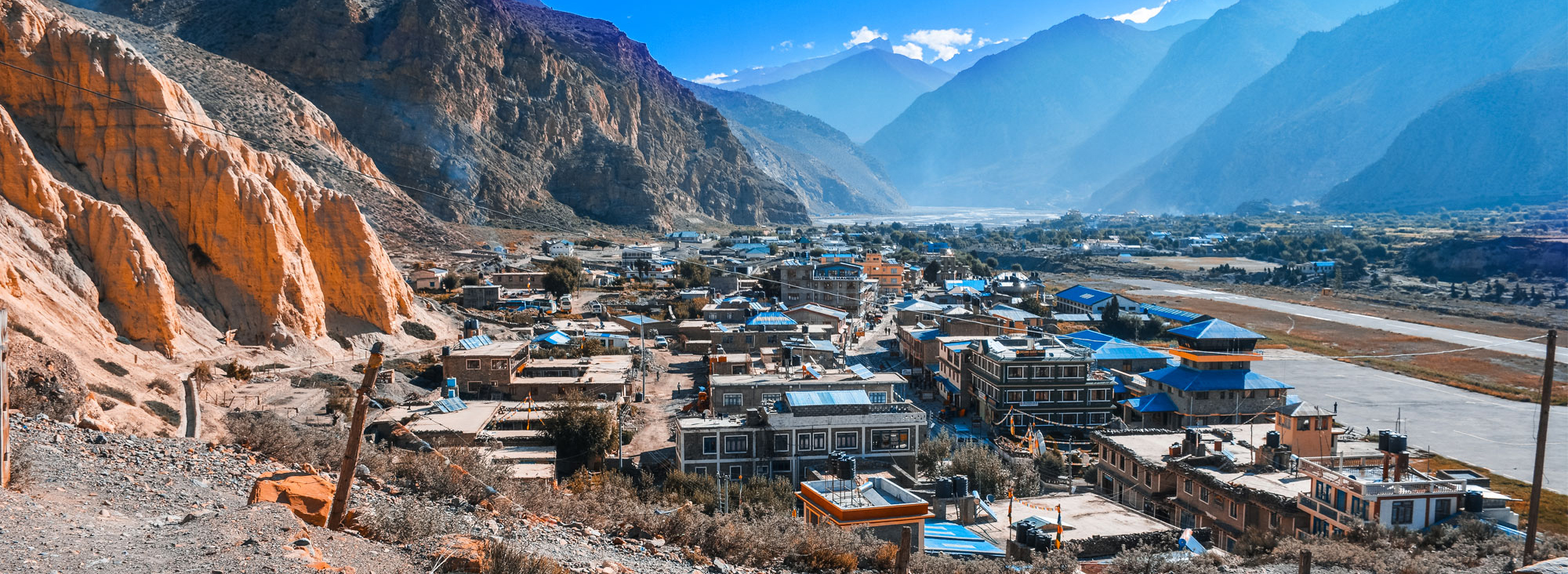
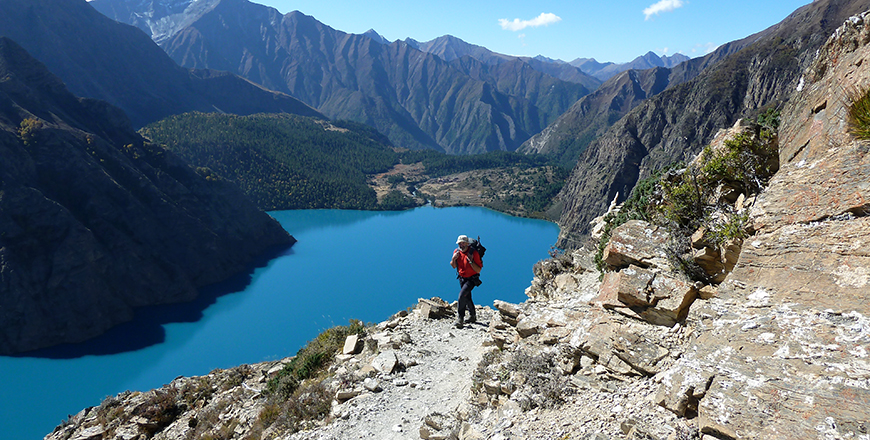
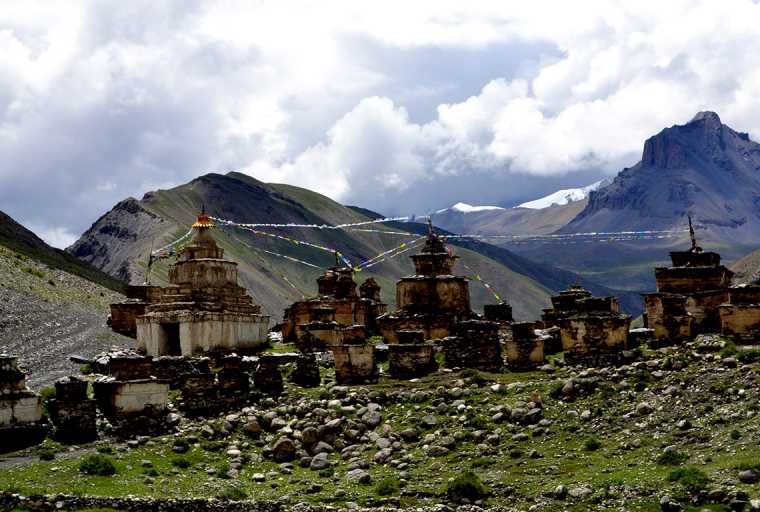
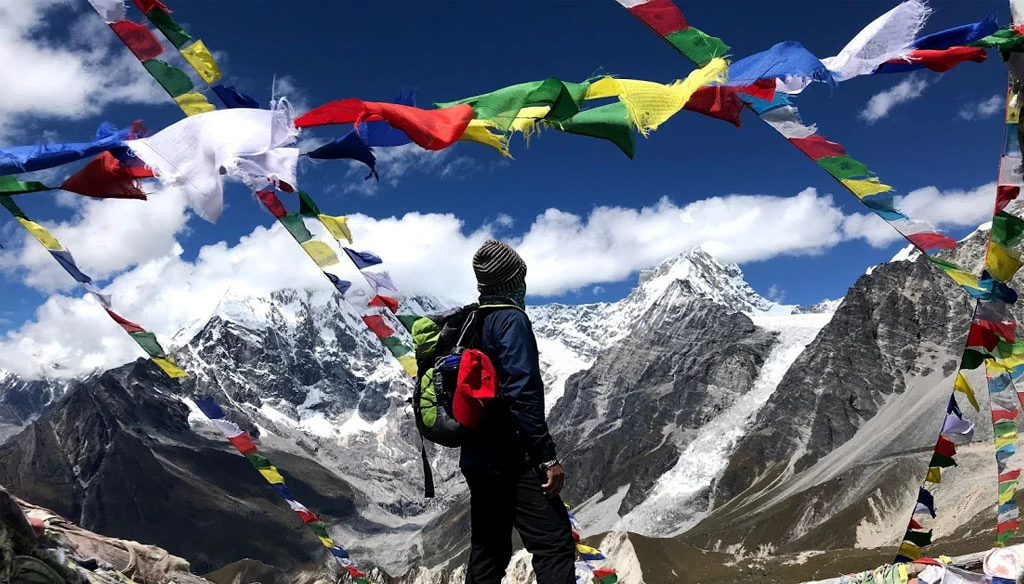


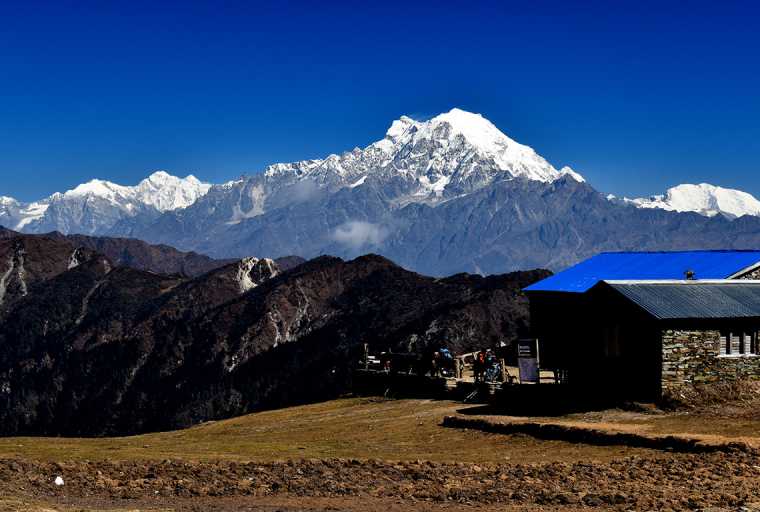
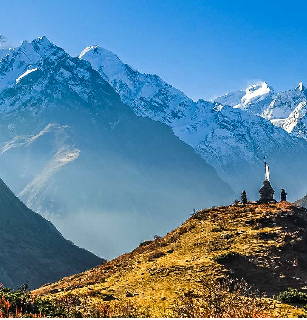
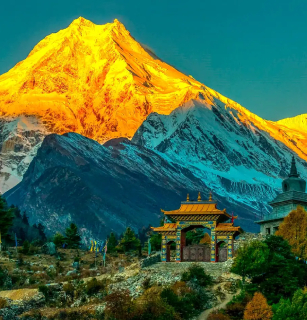
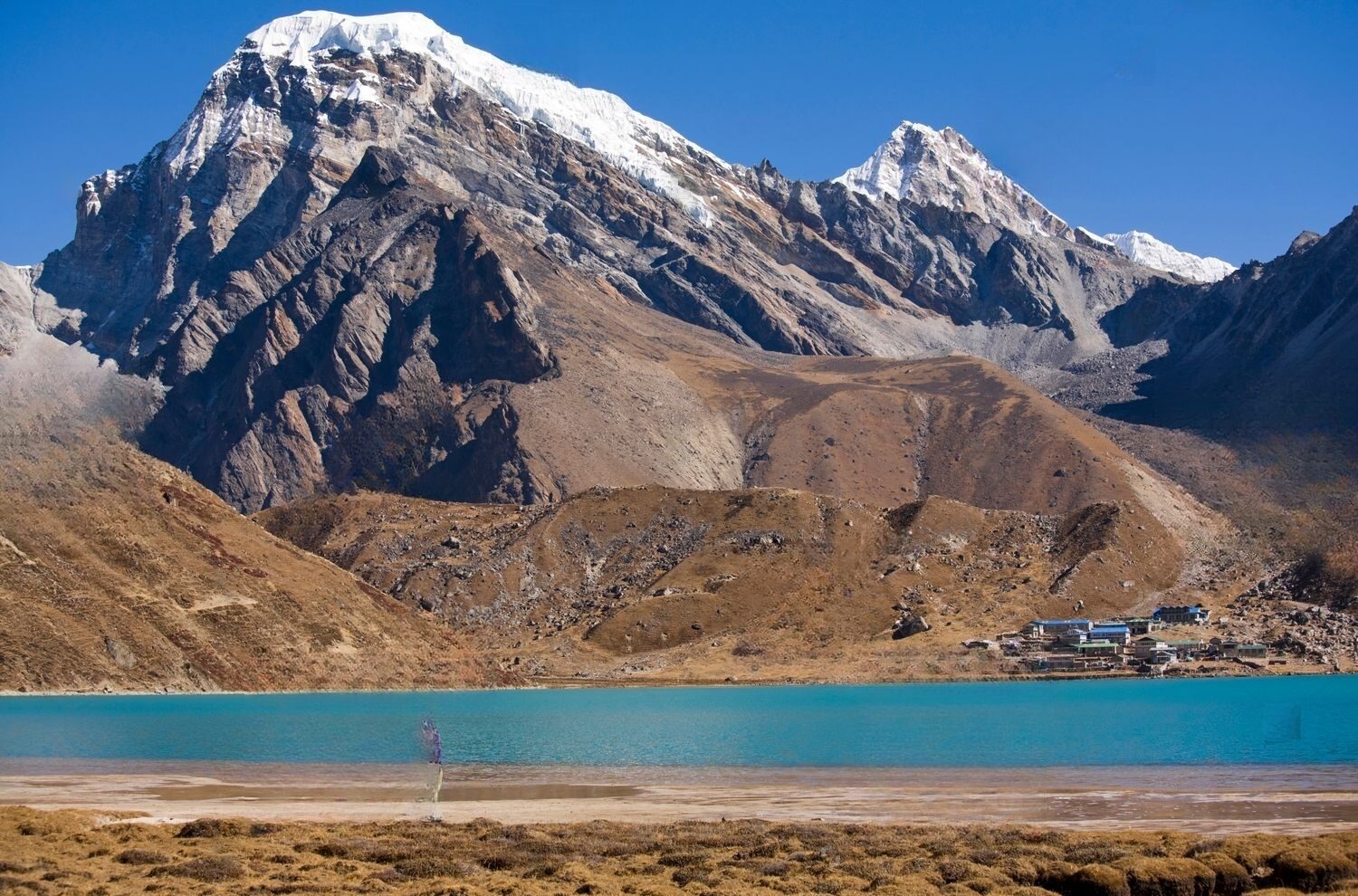
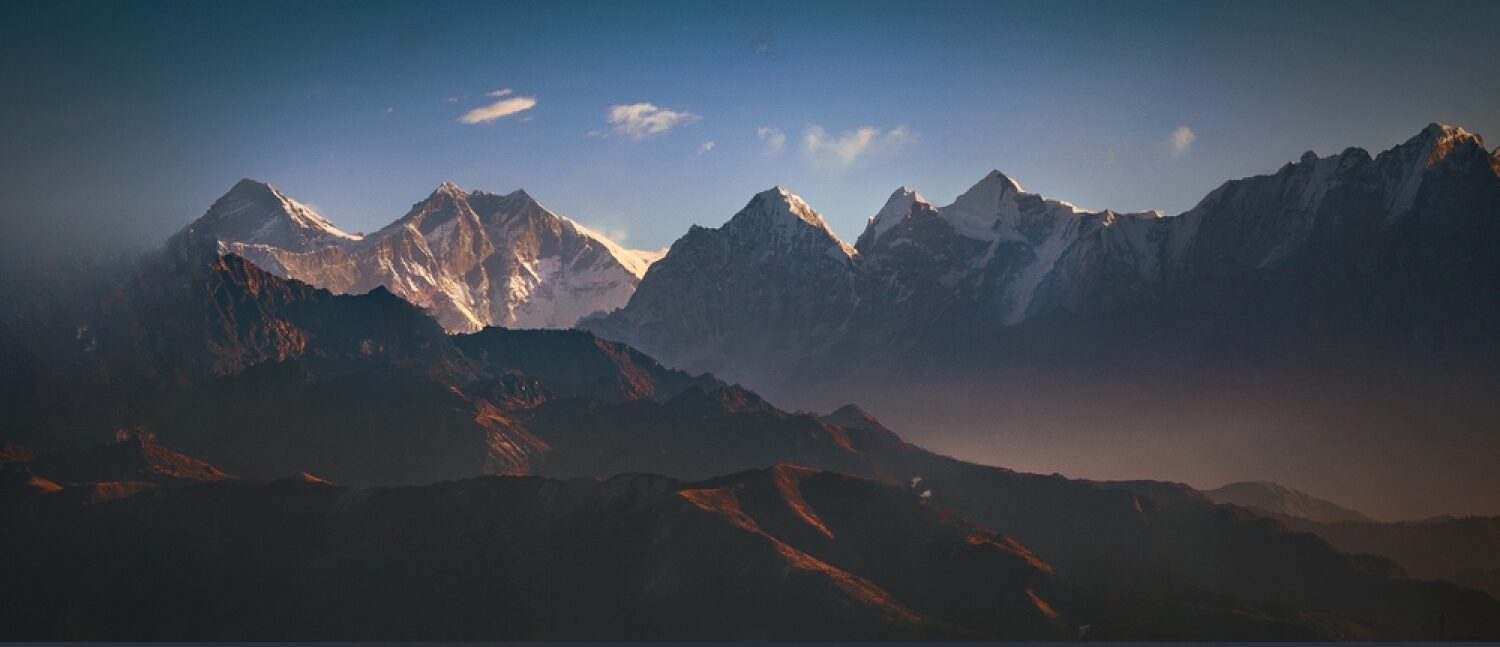
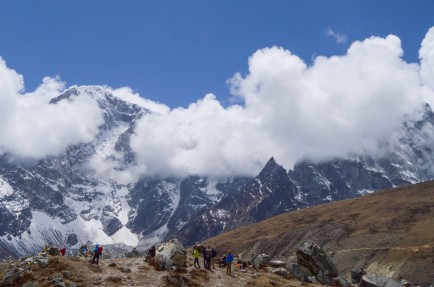
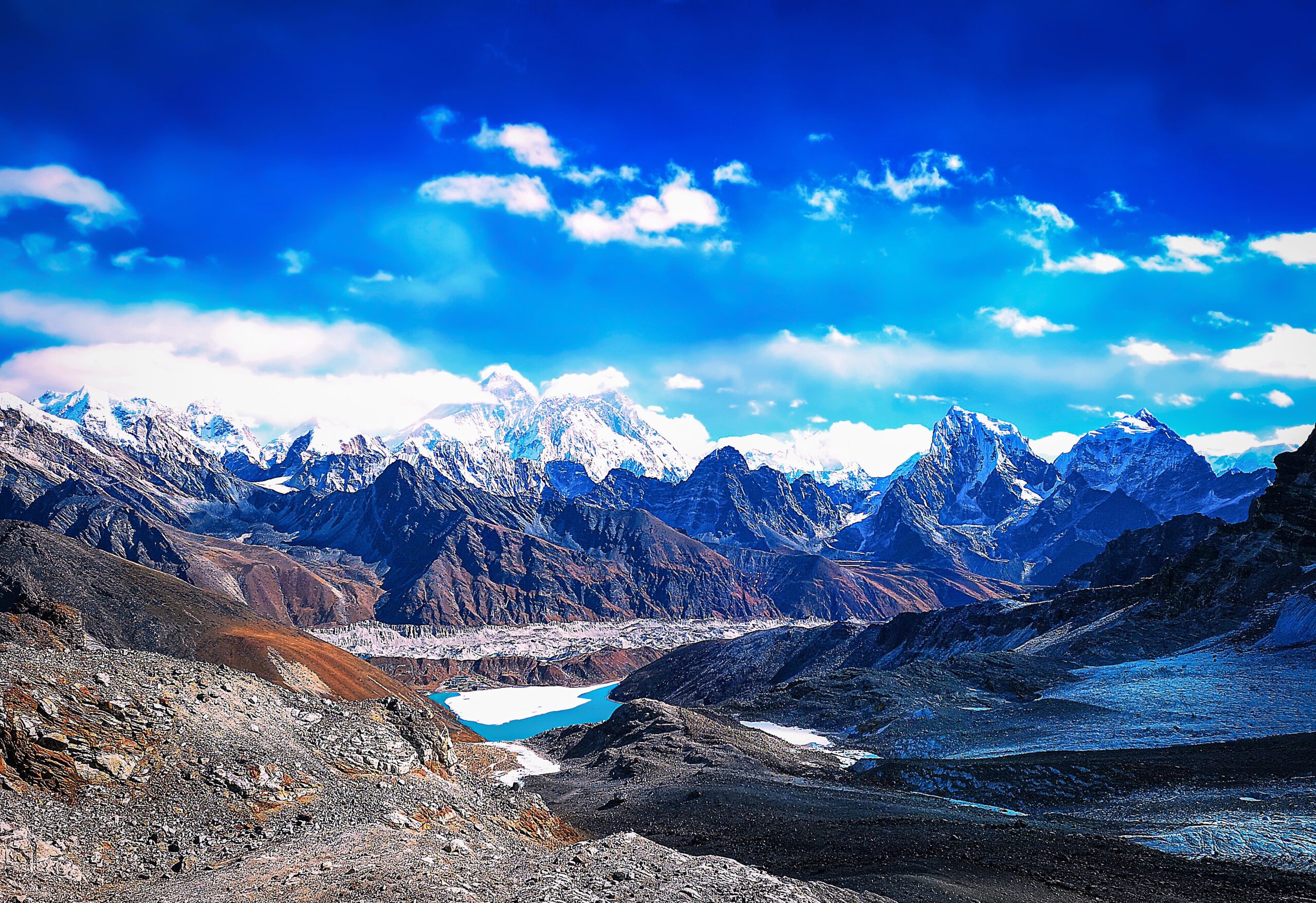
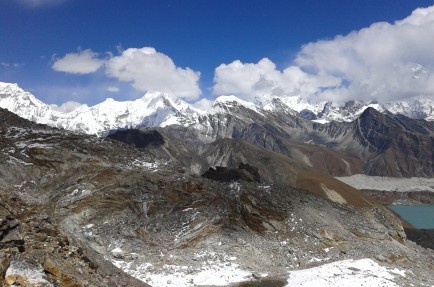
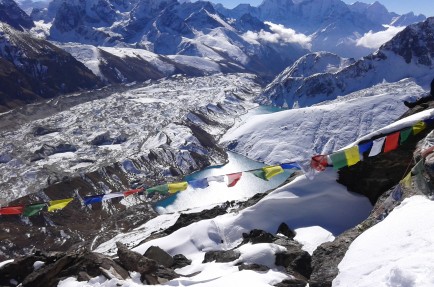
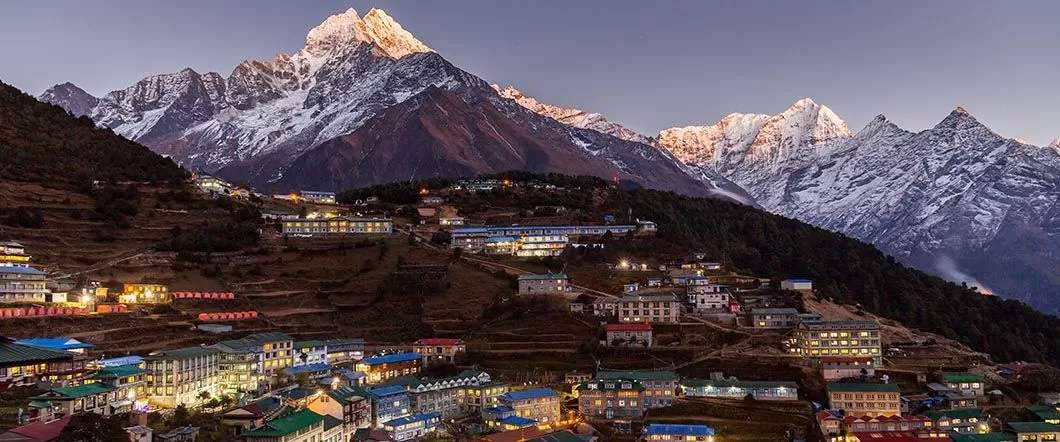
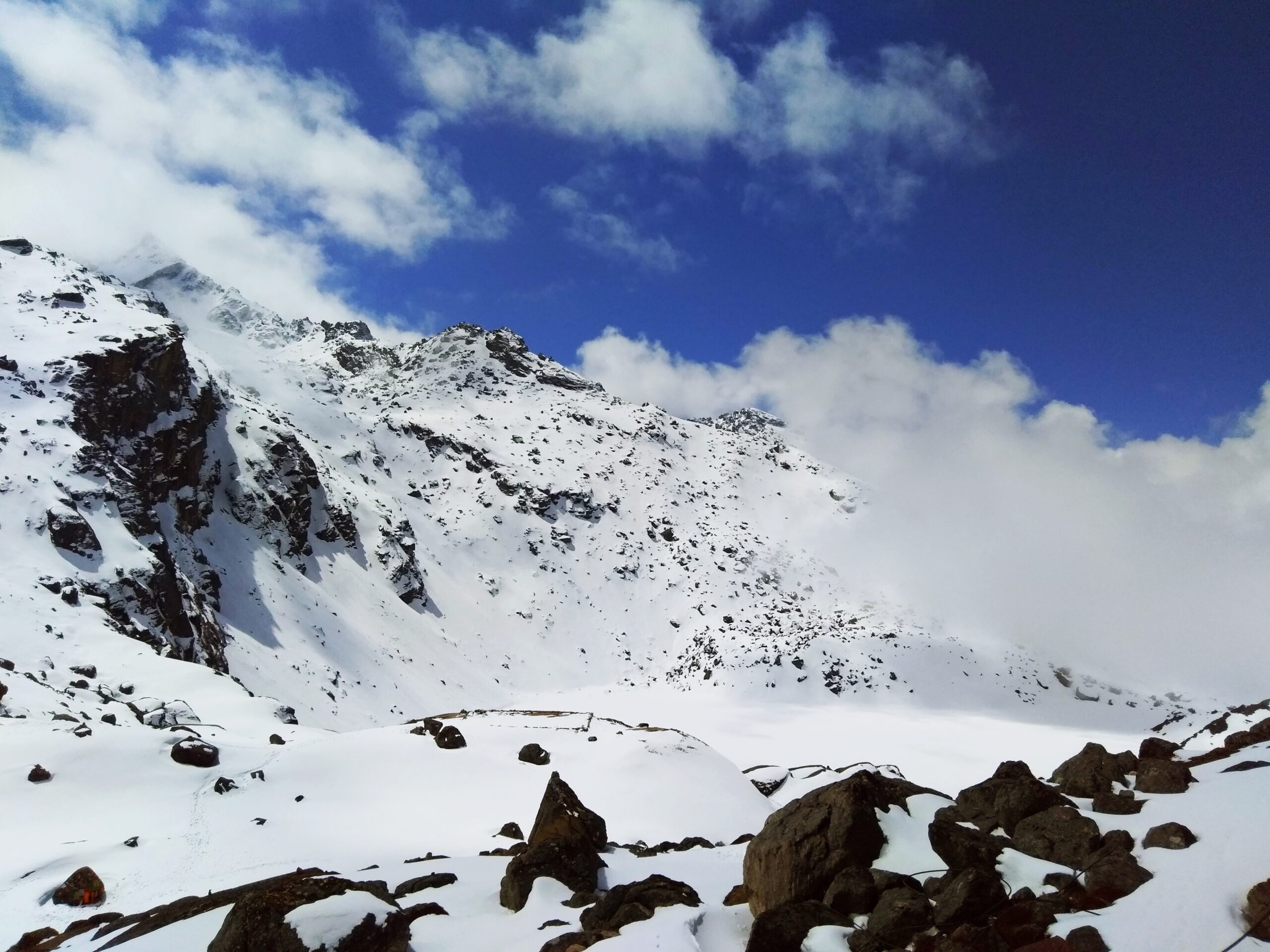
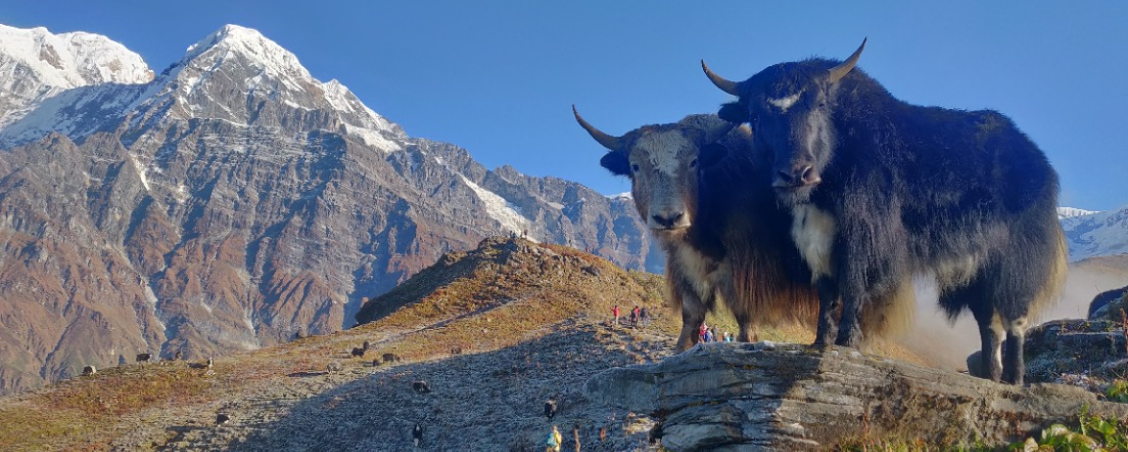
No Reviews Found